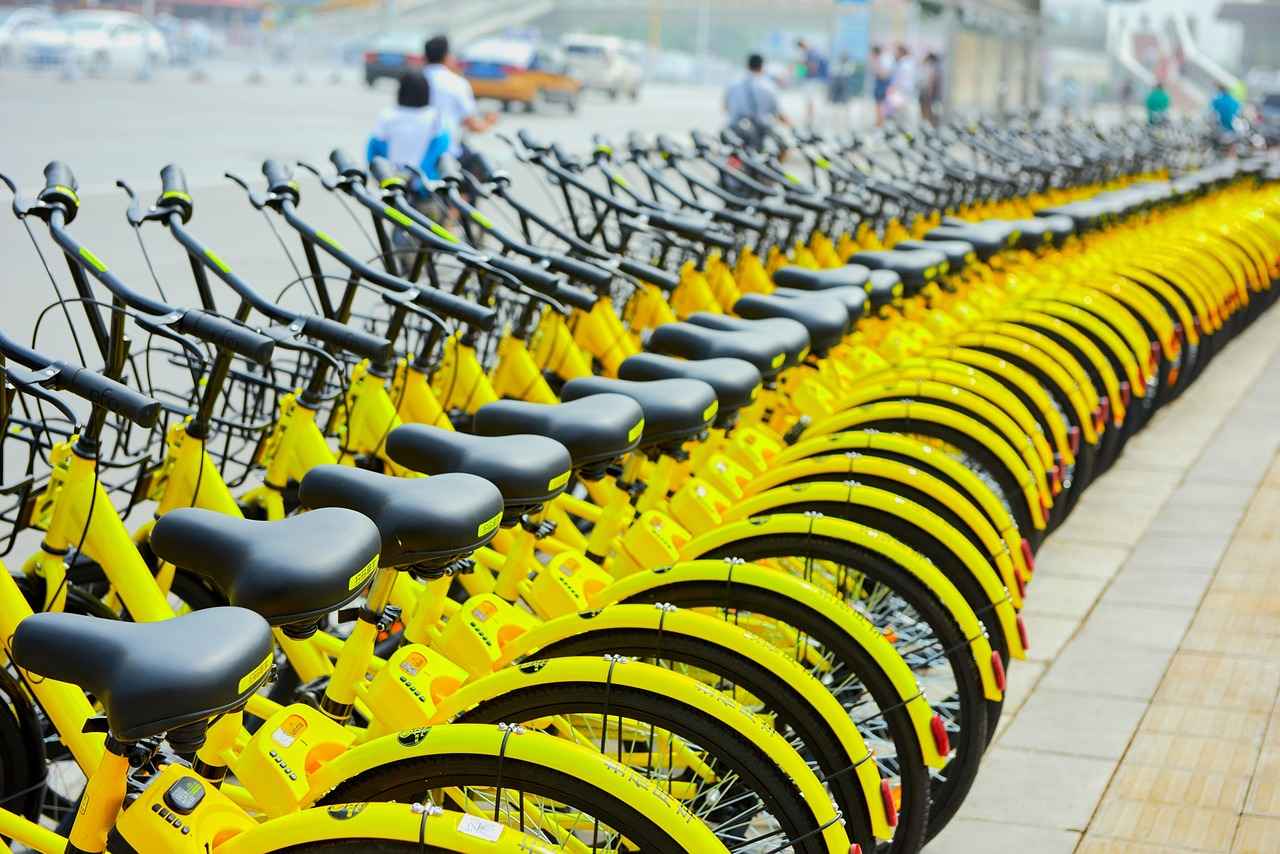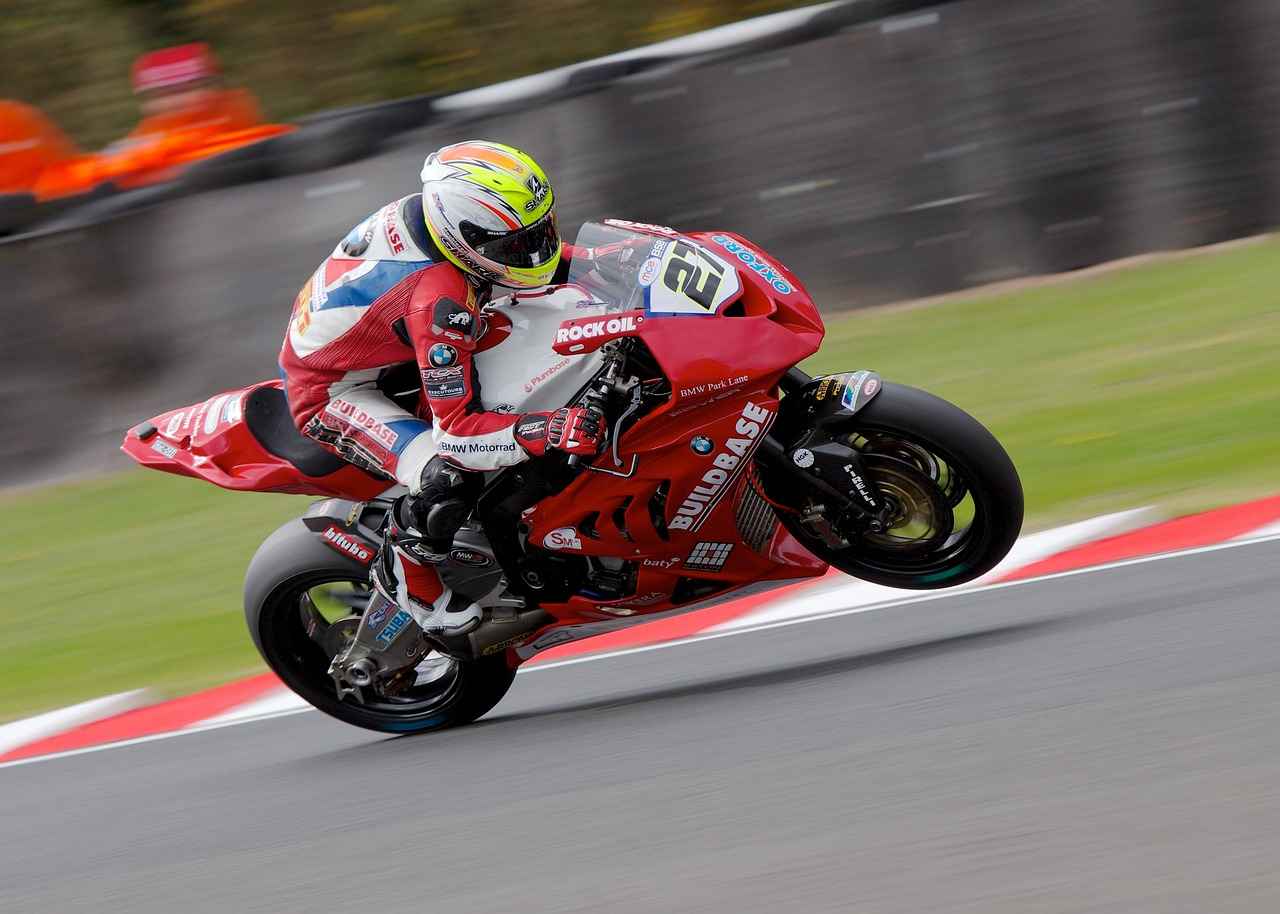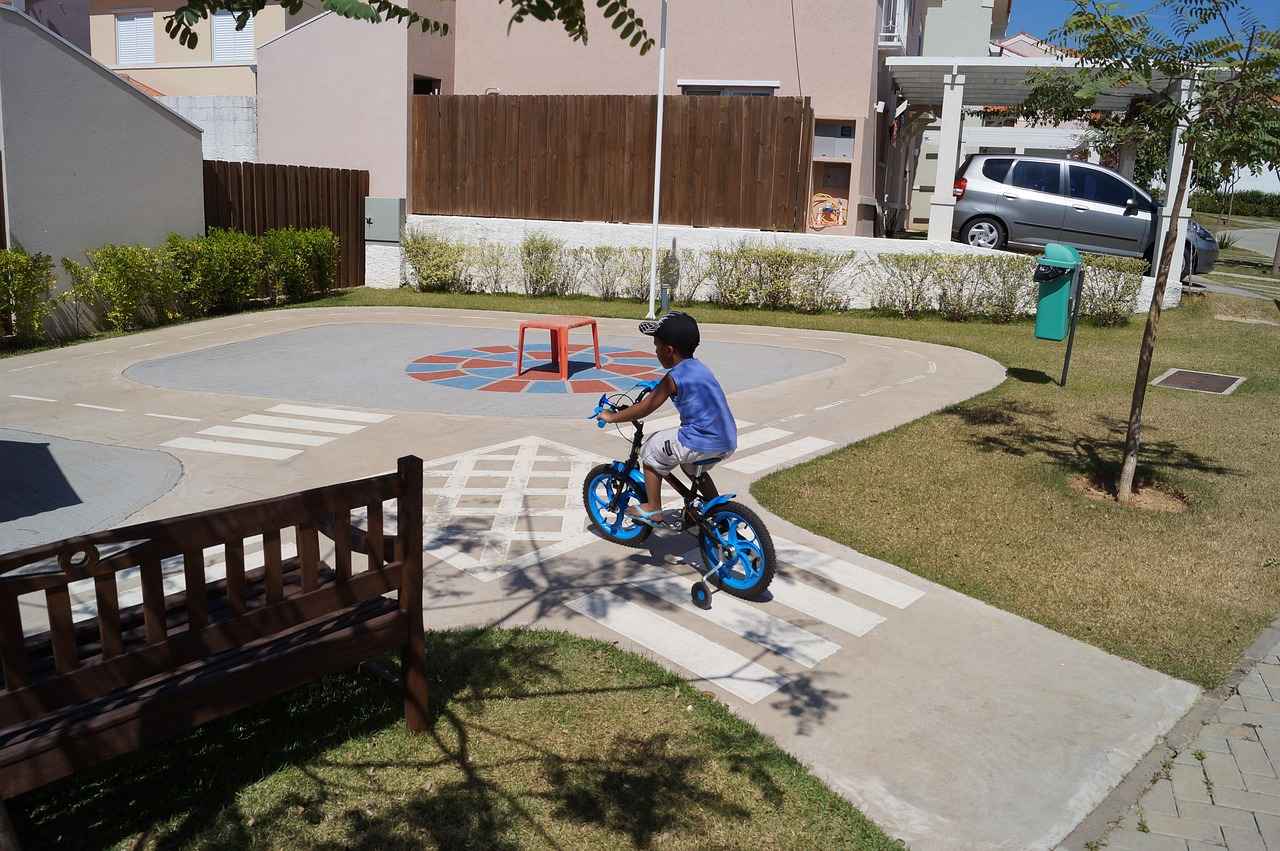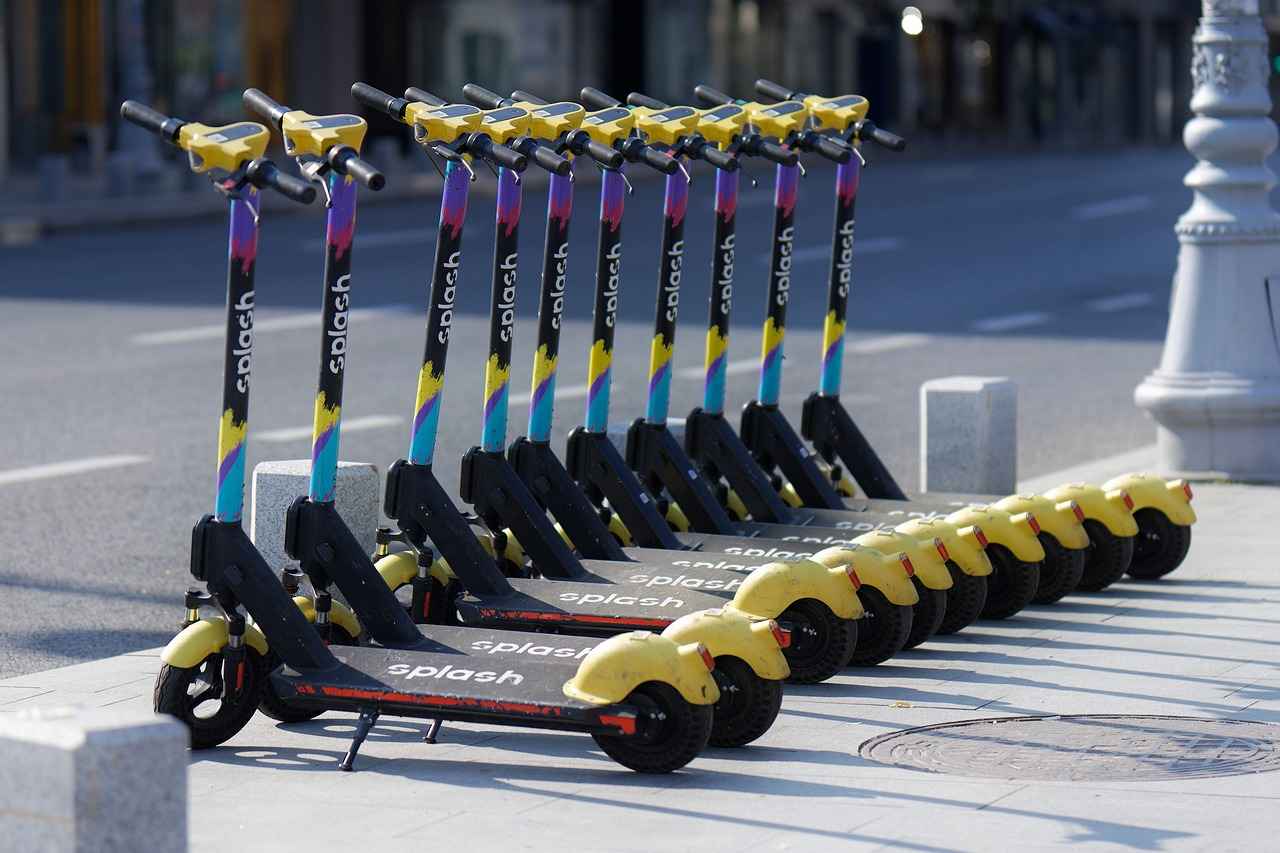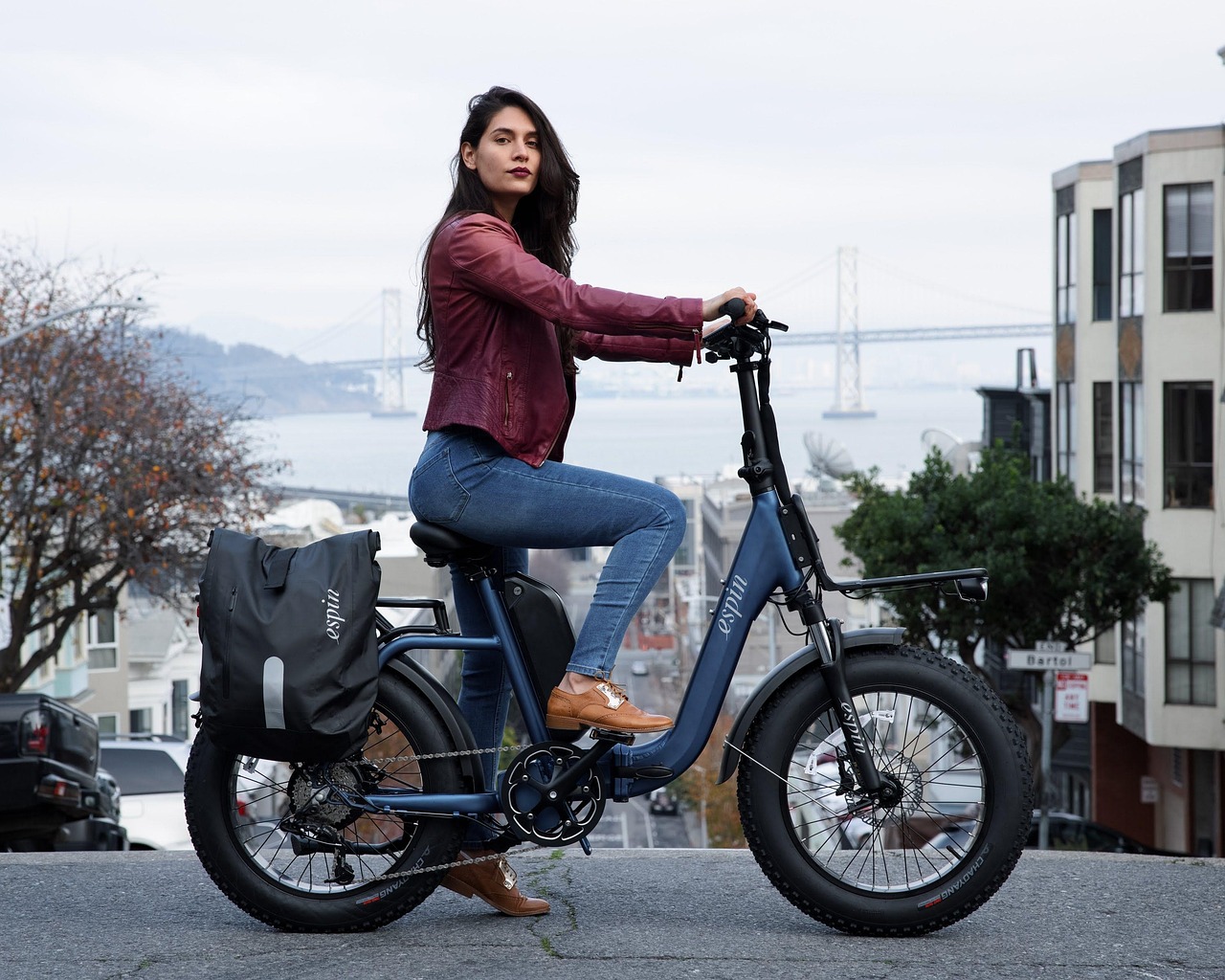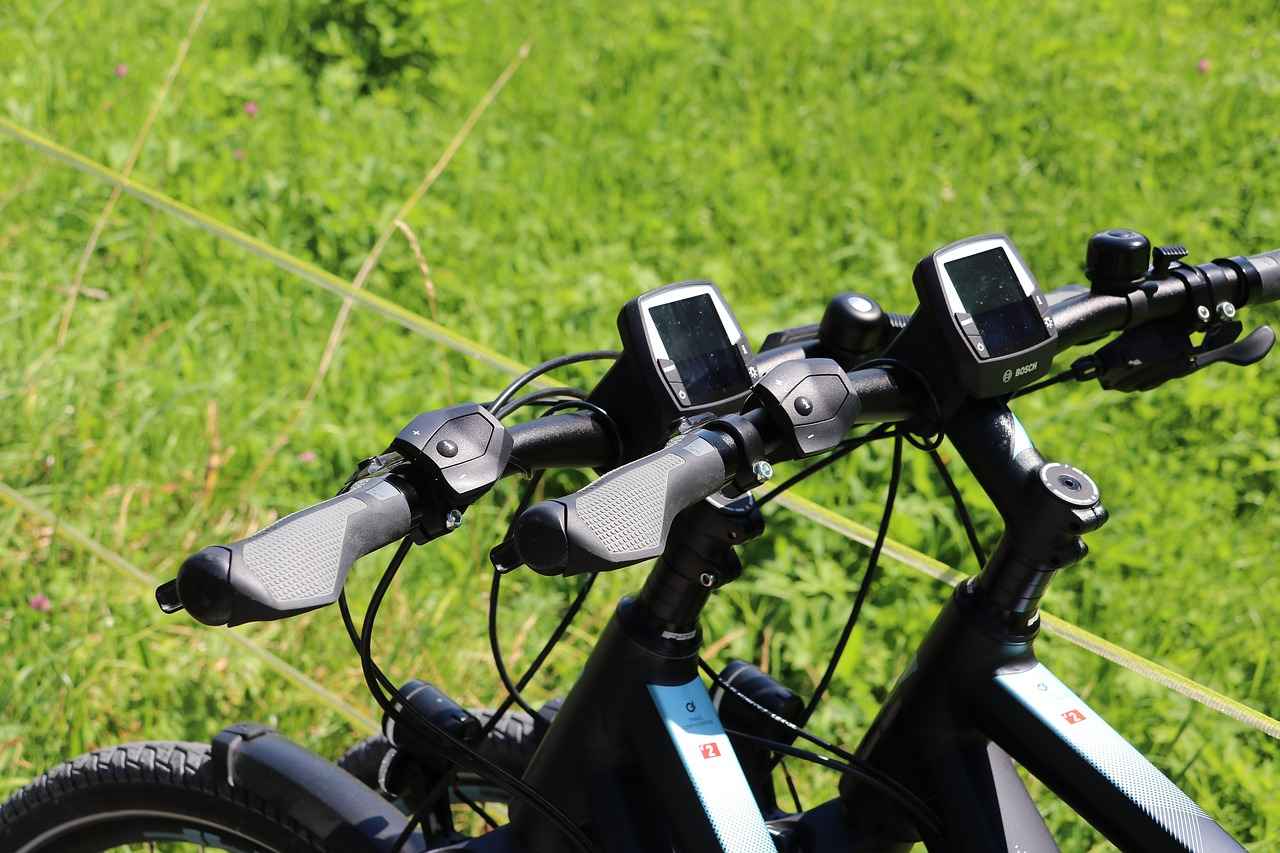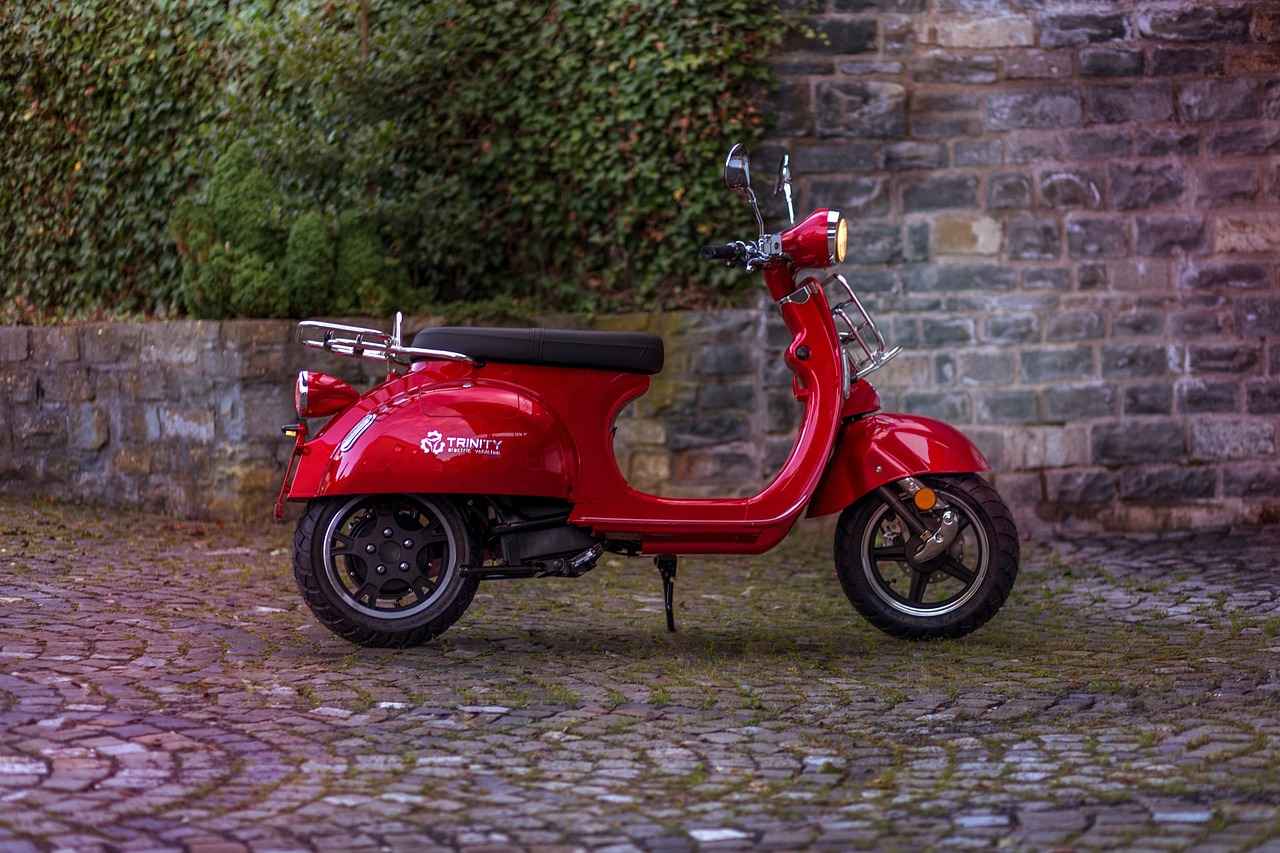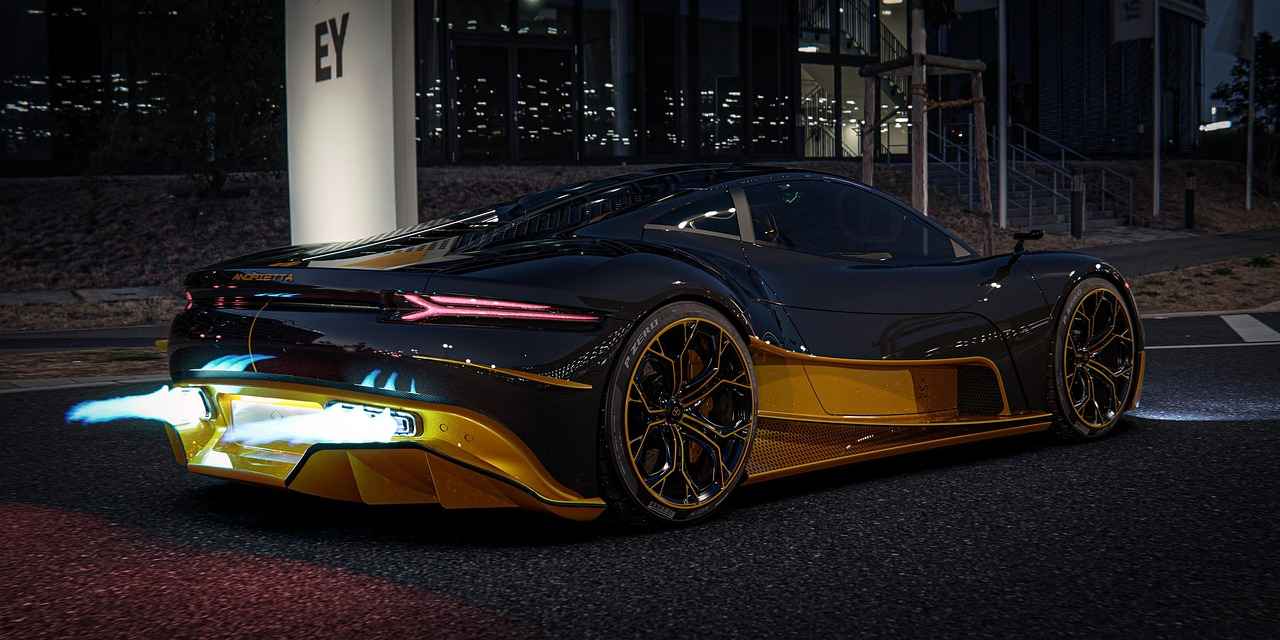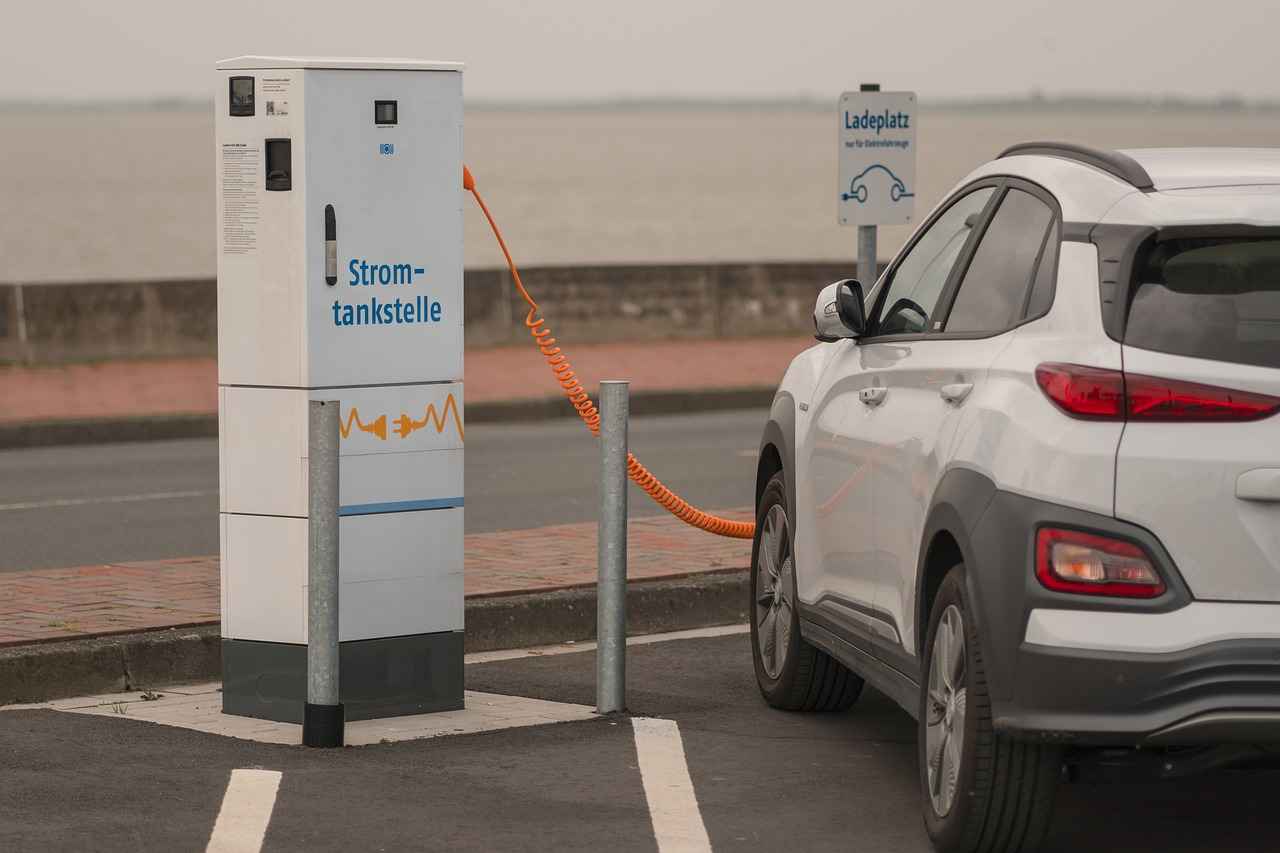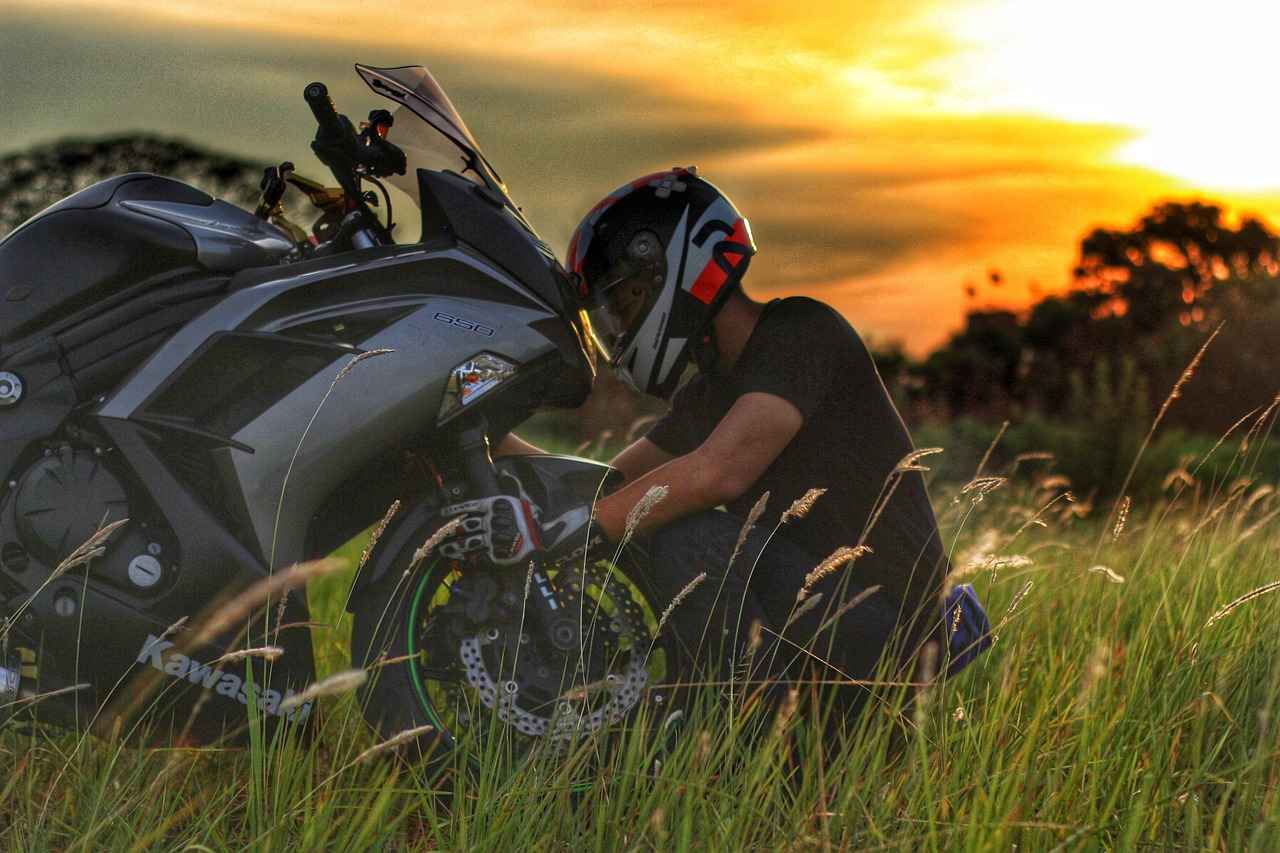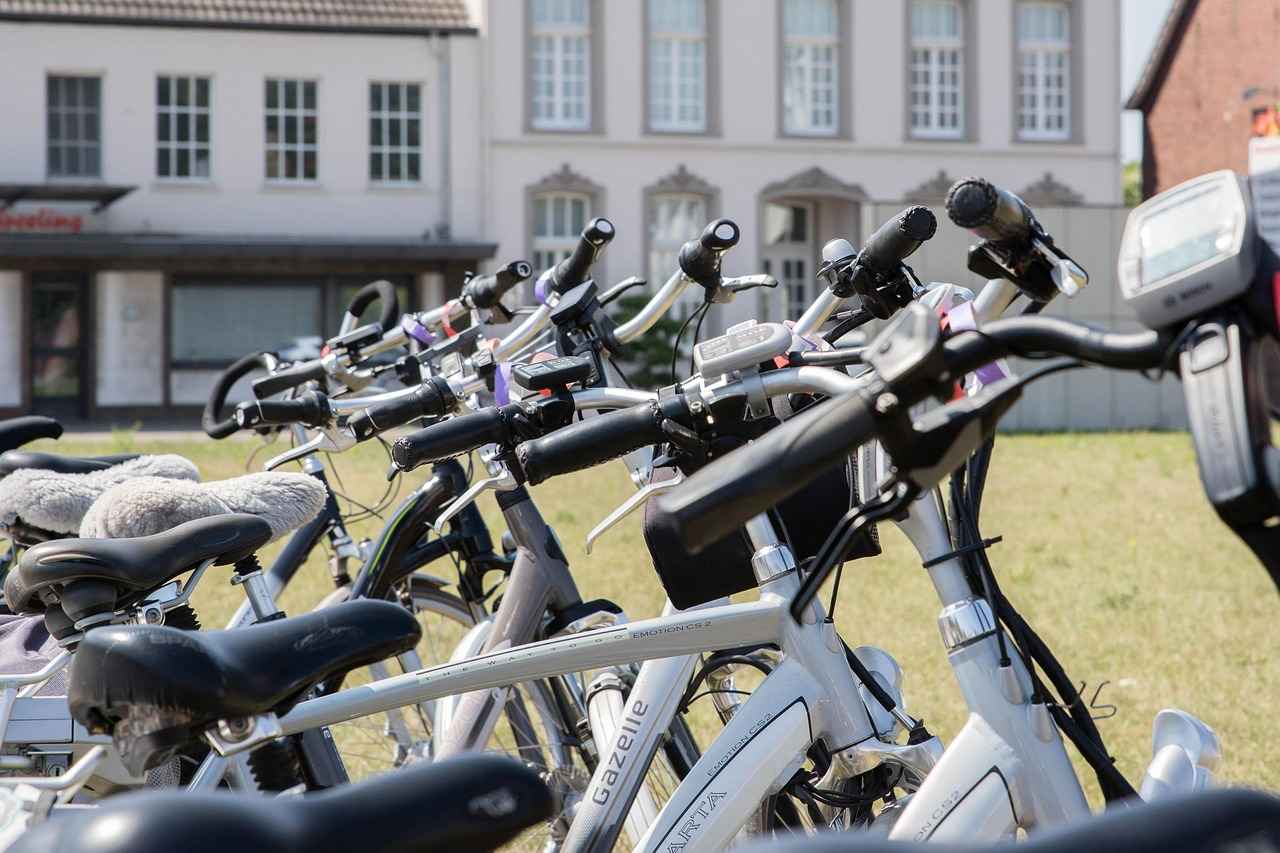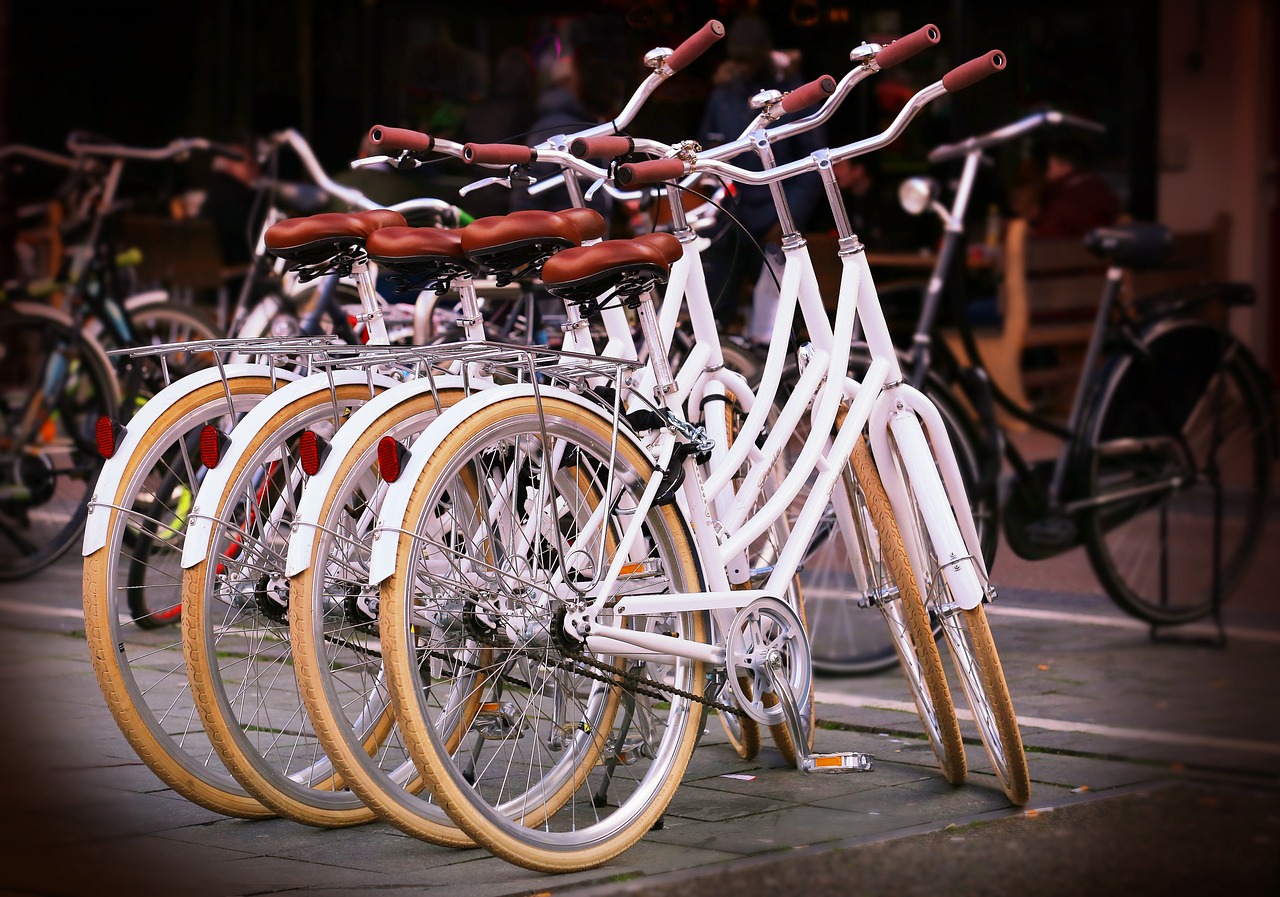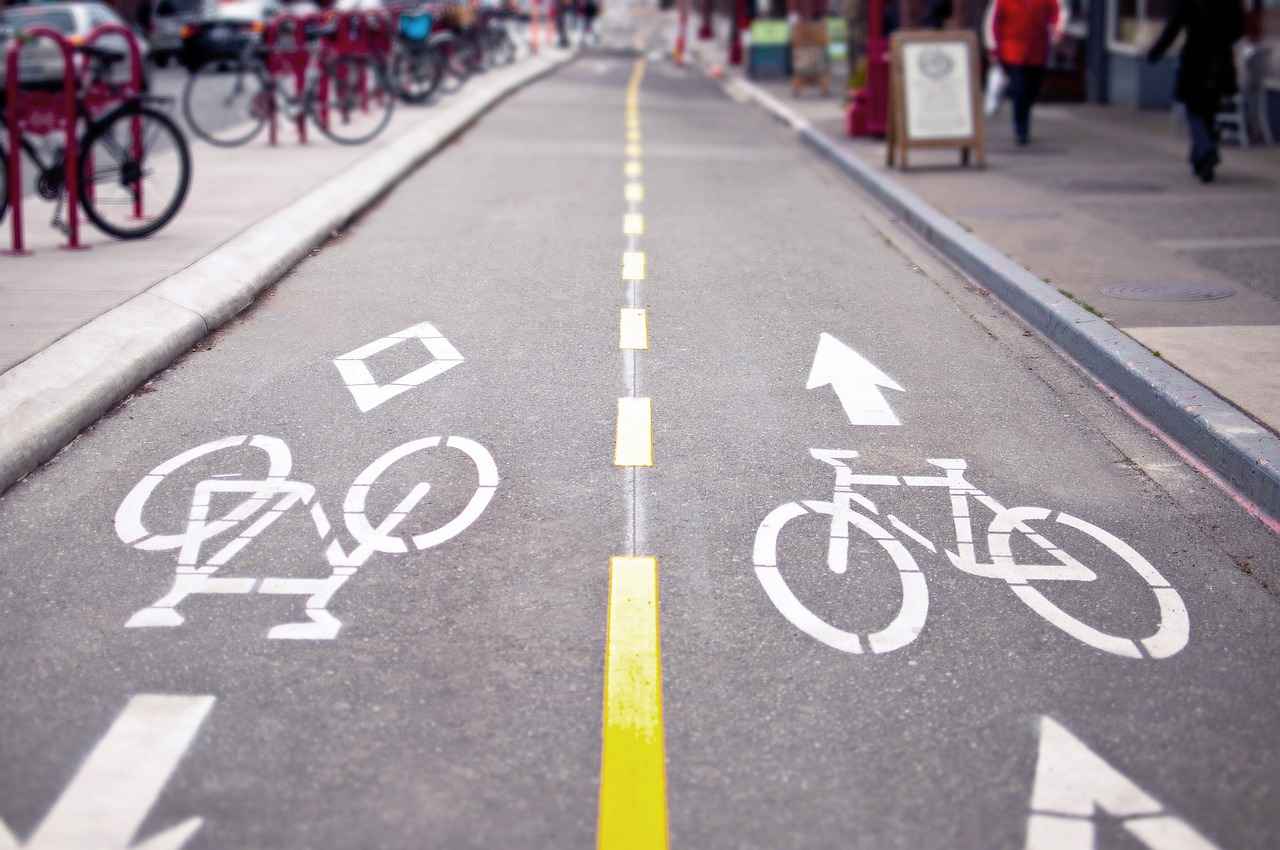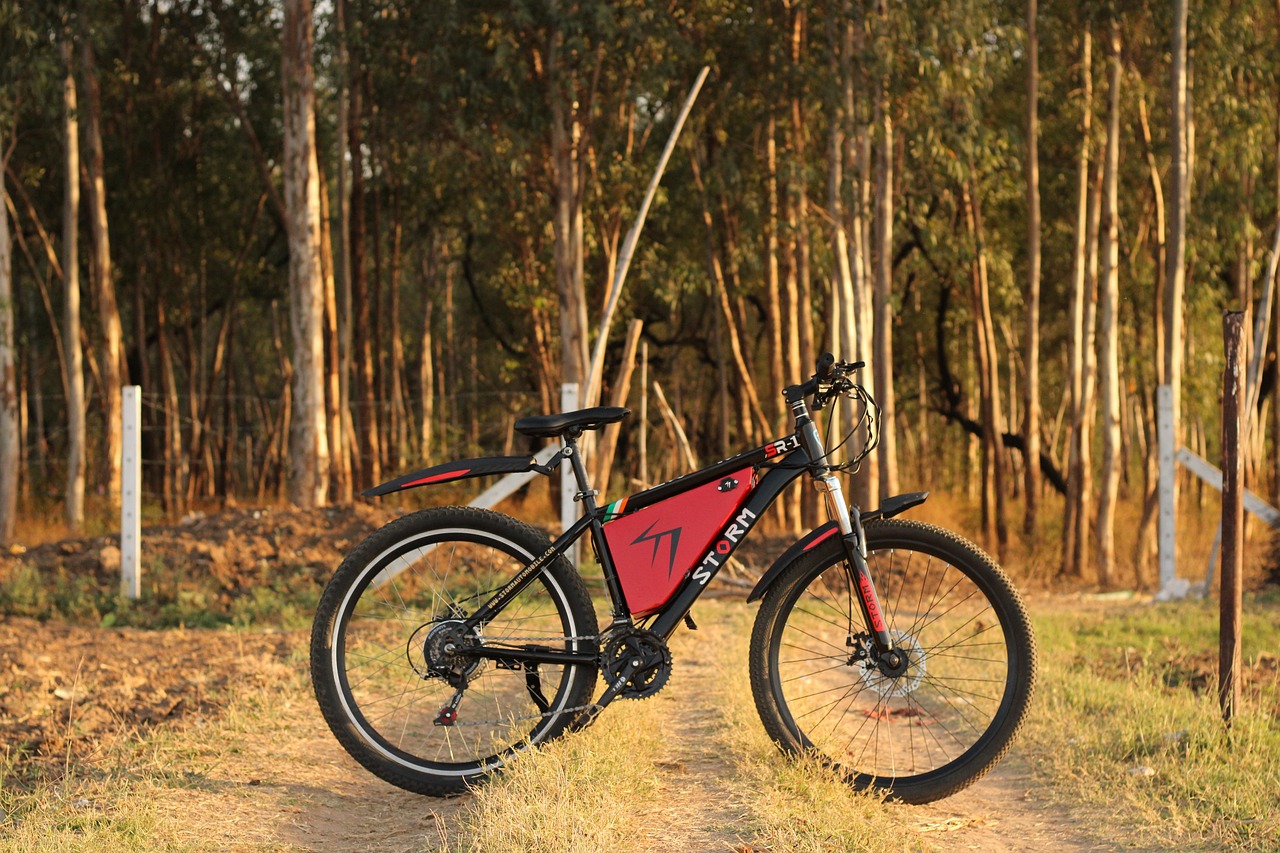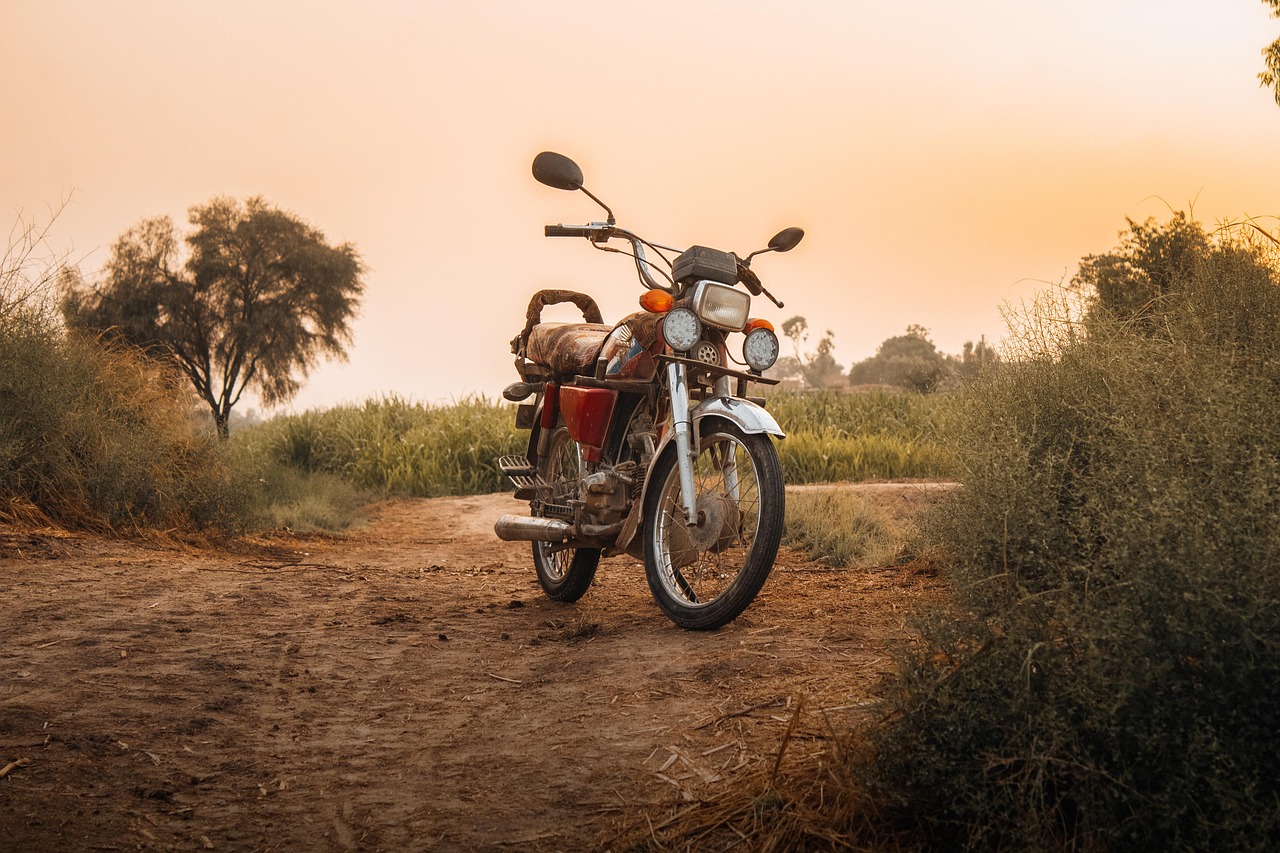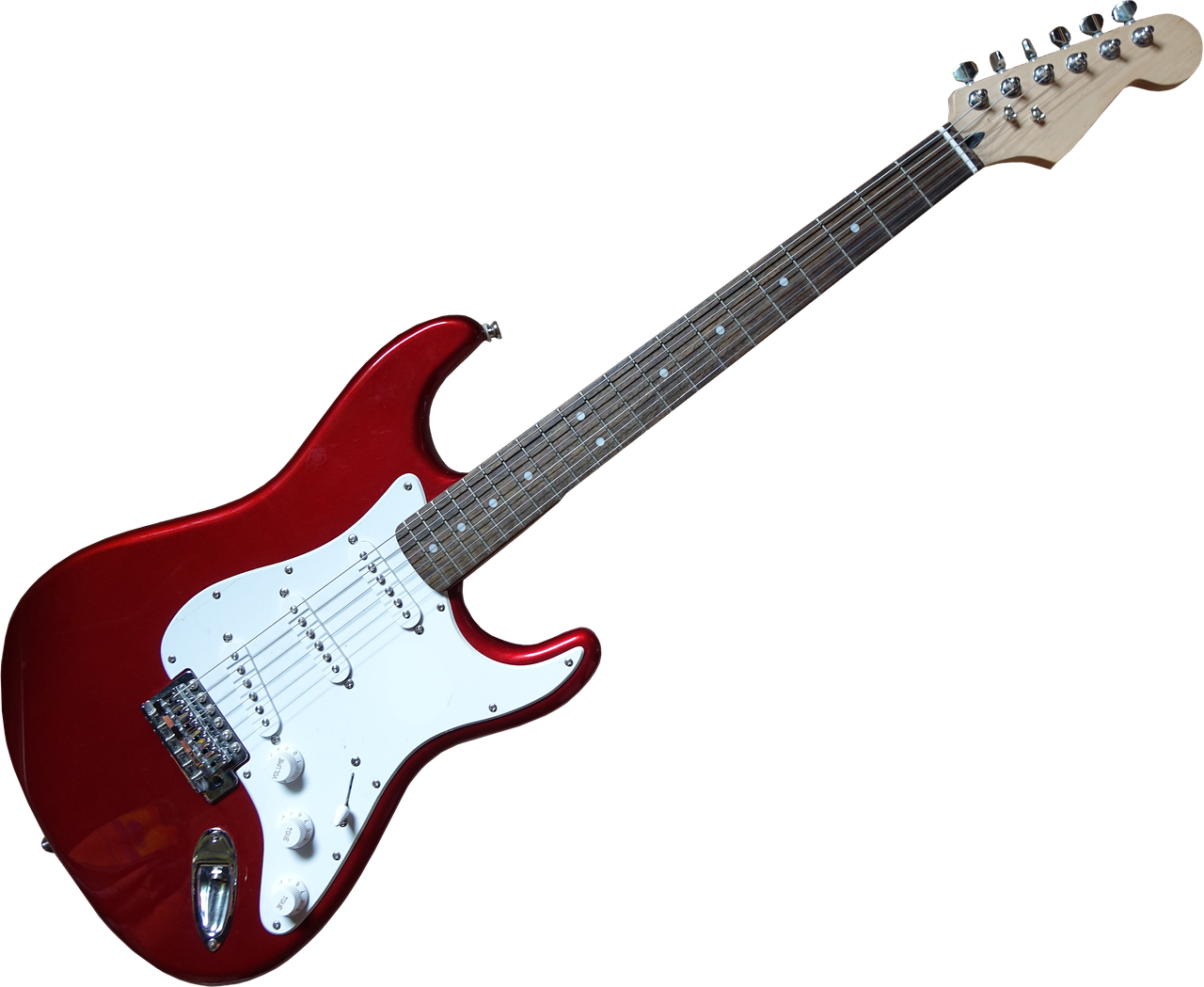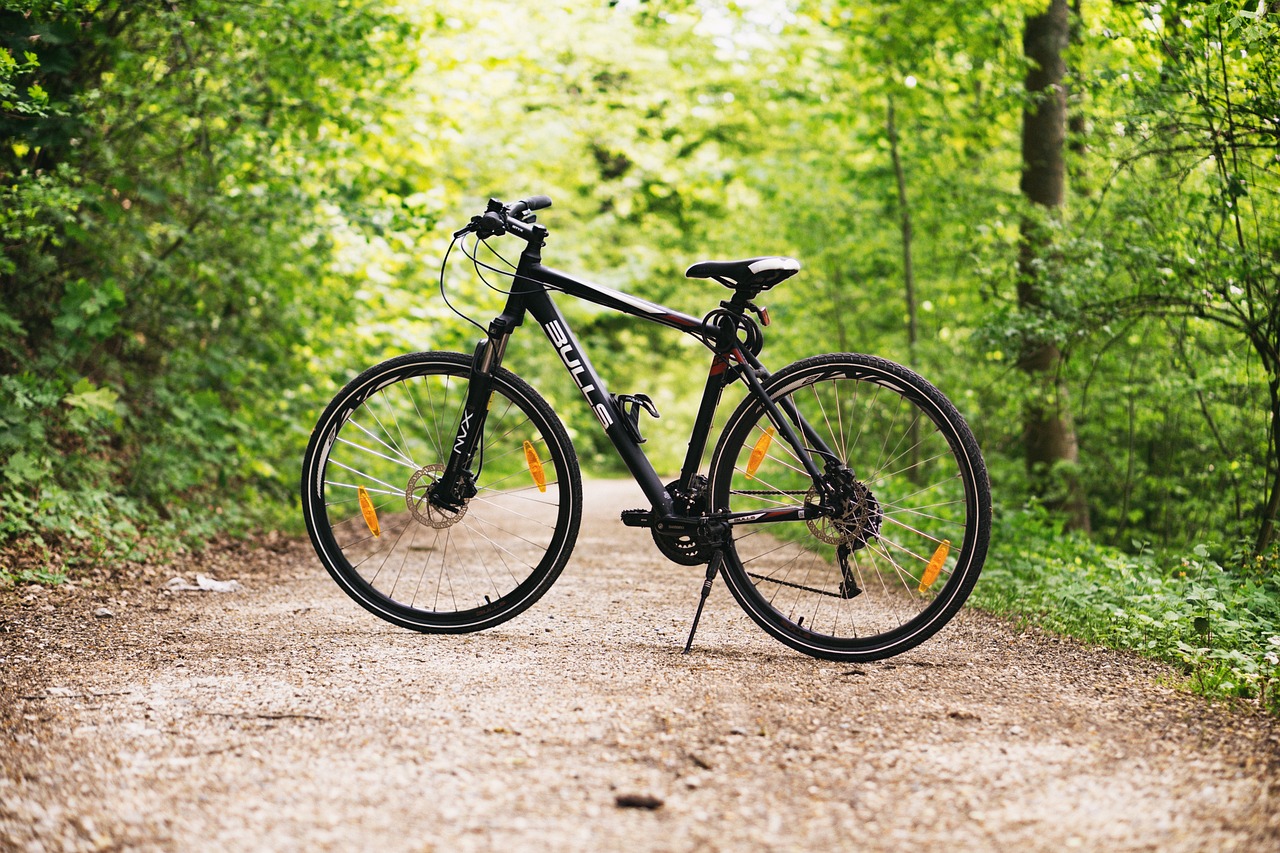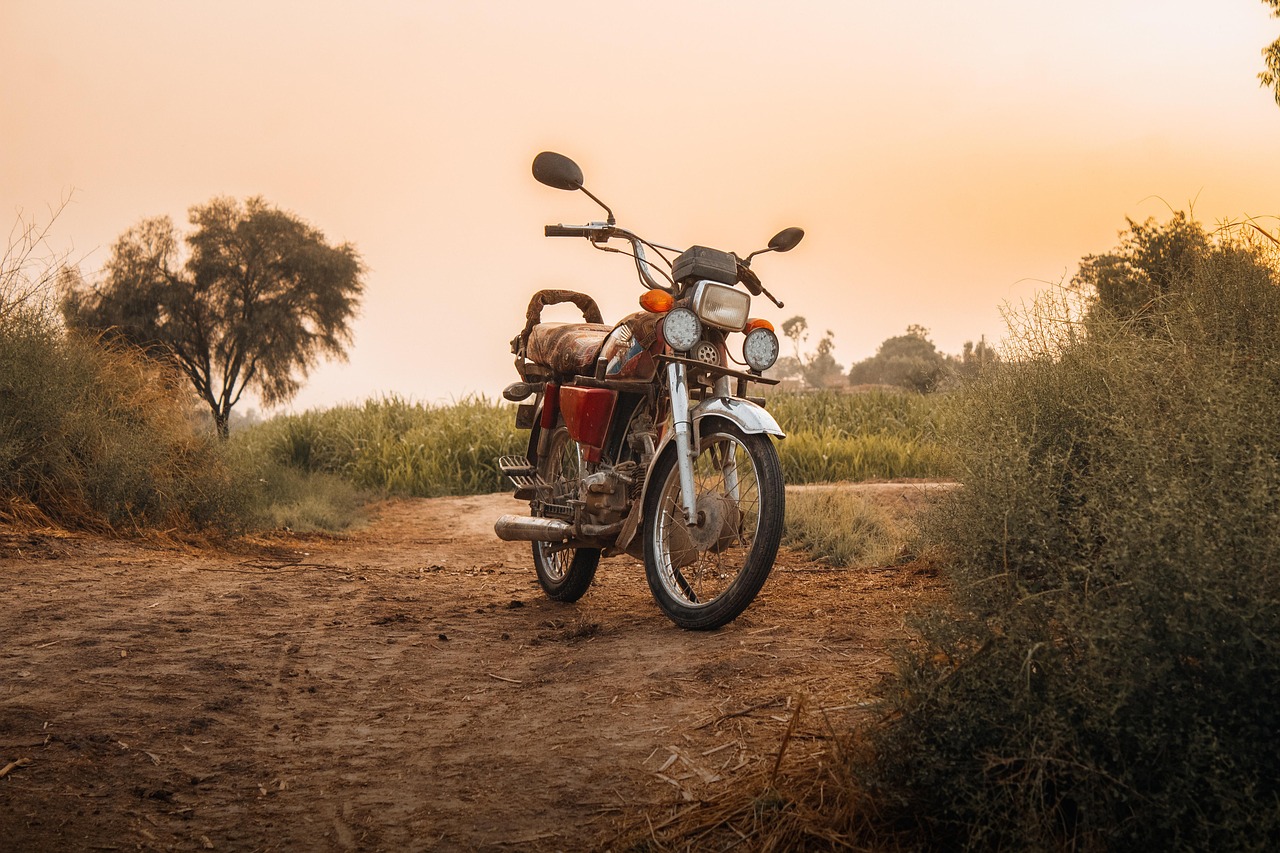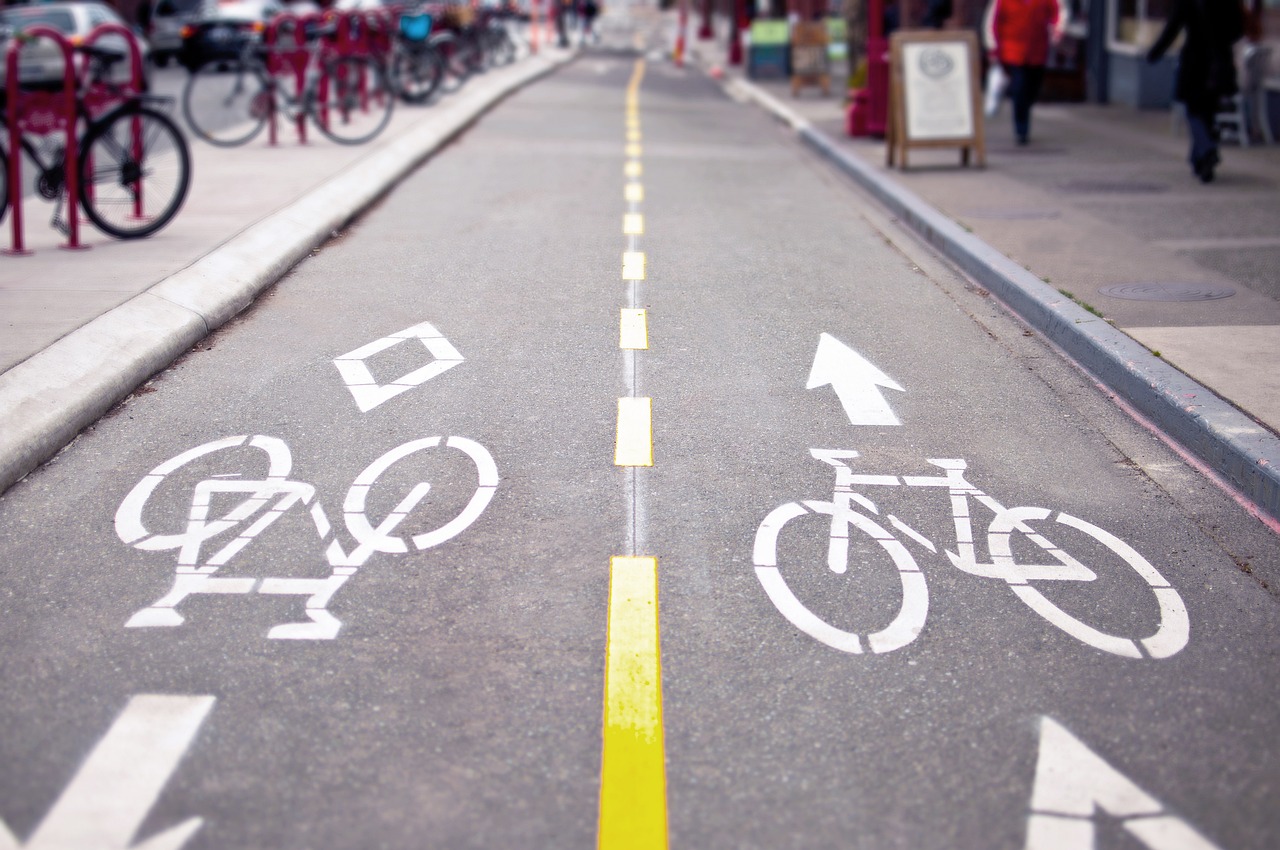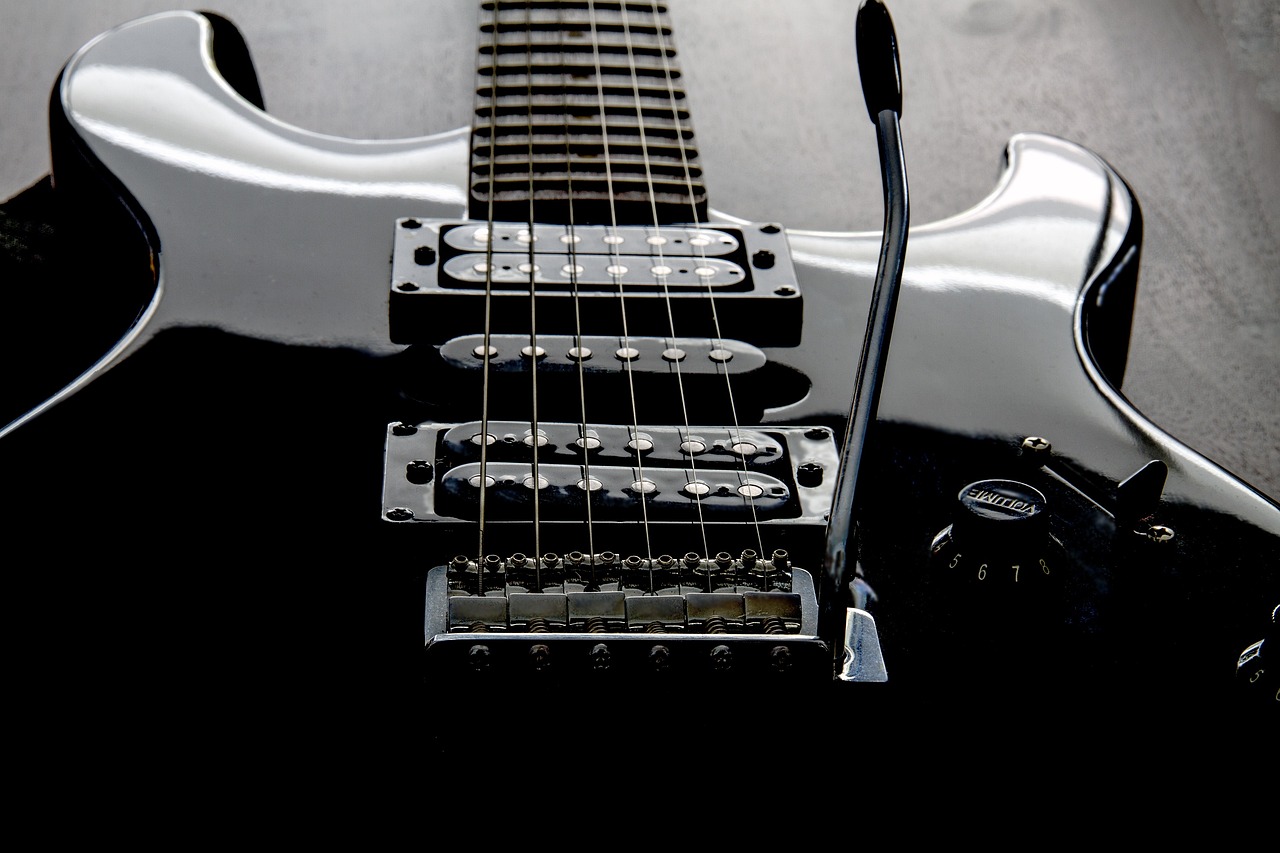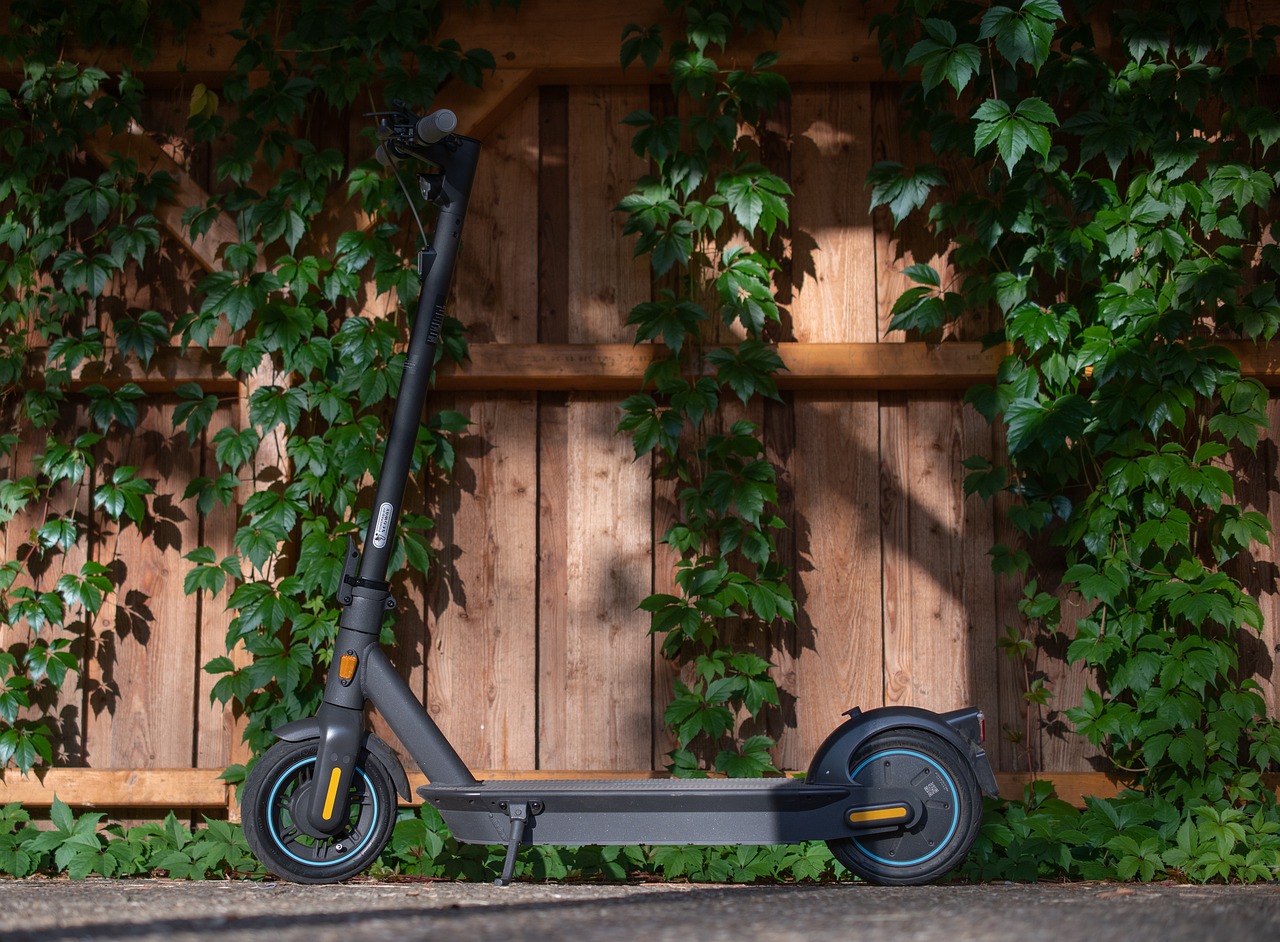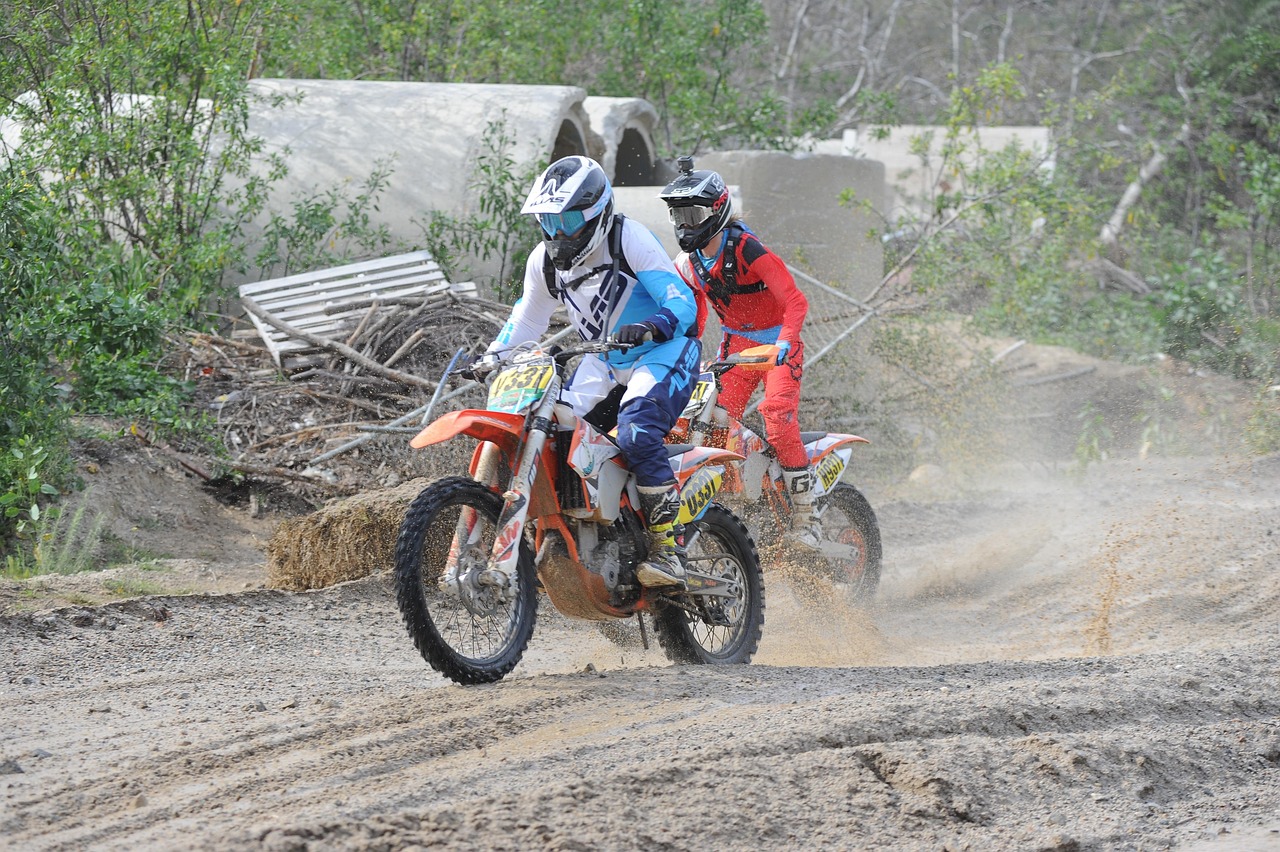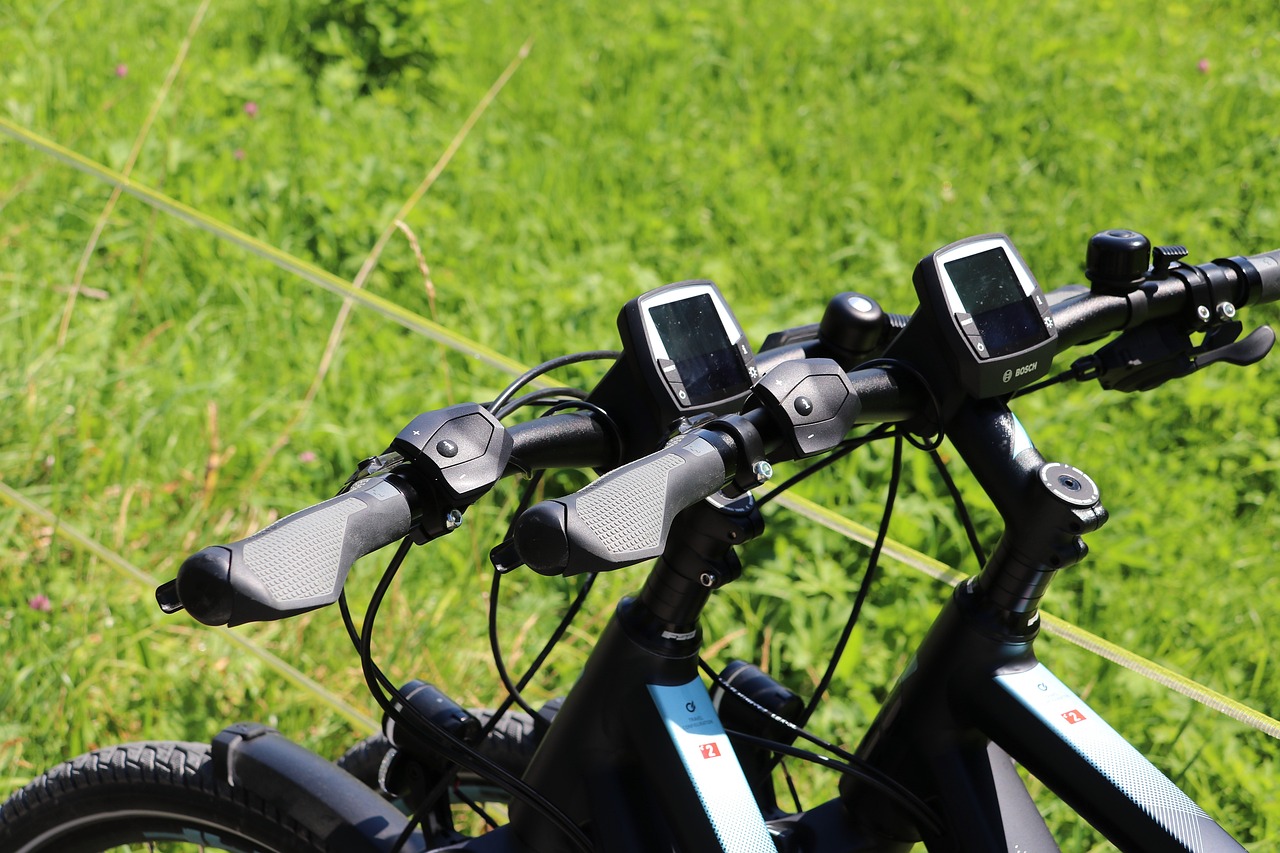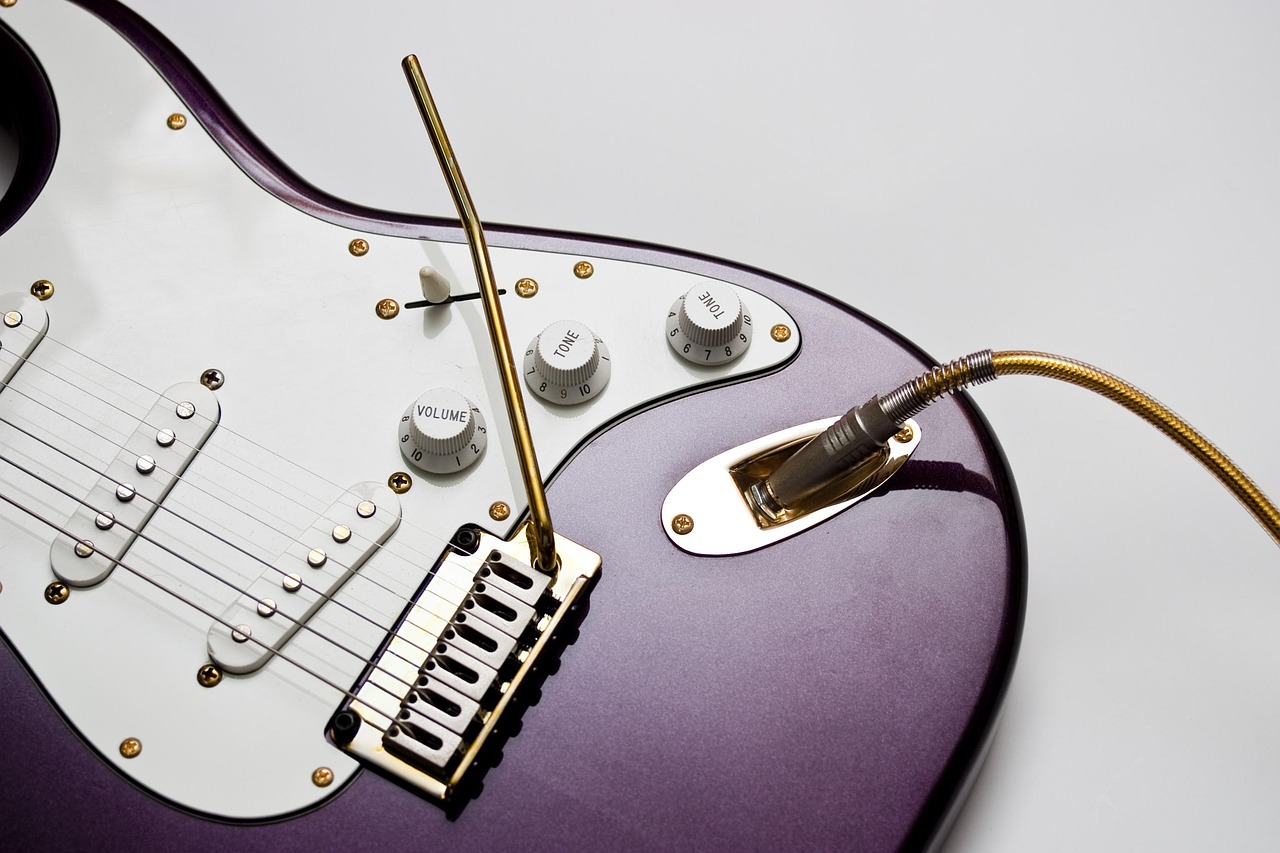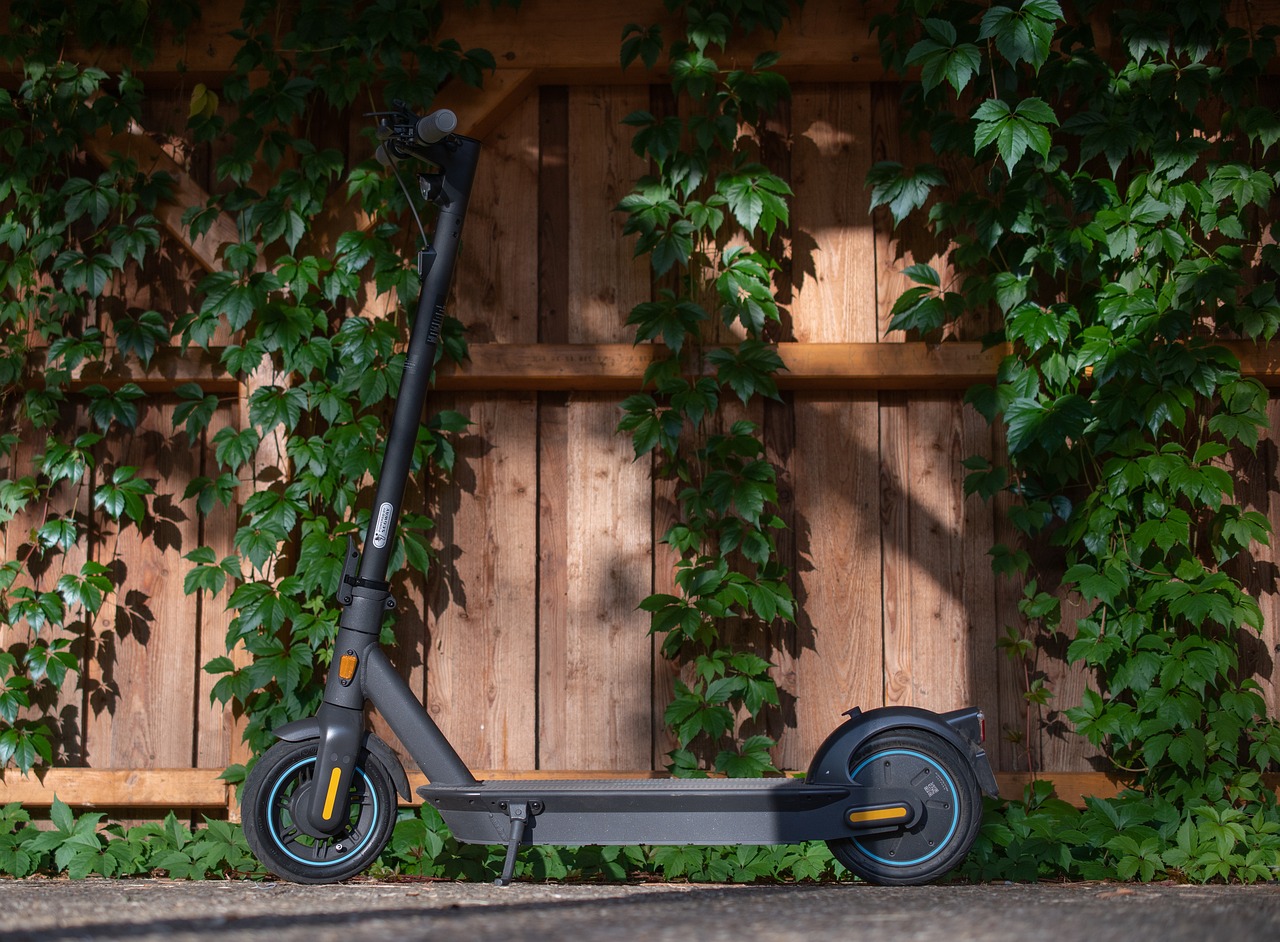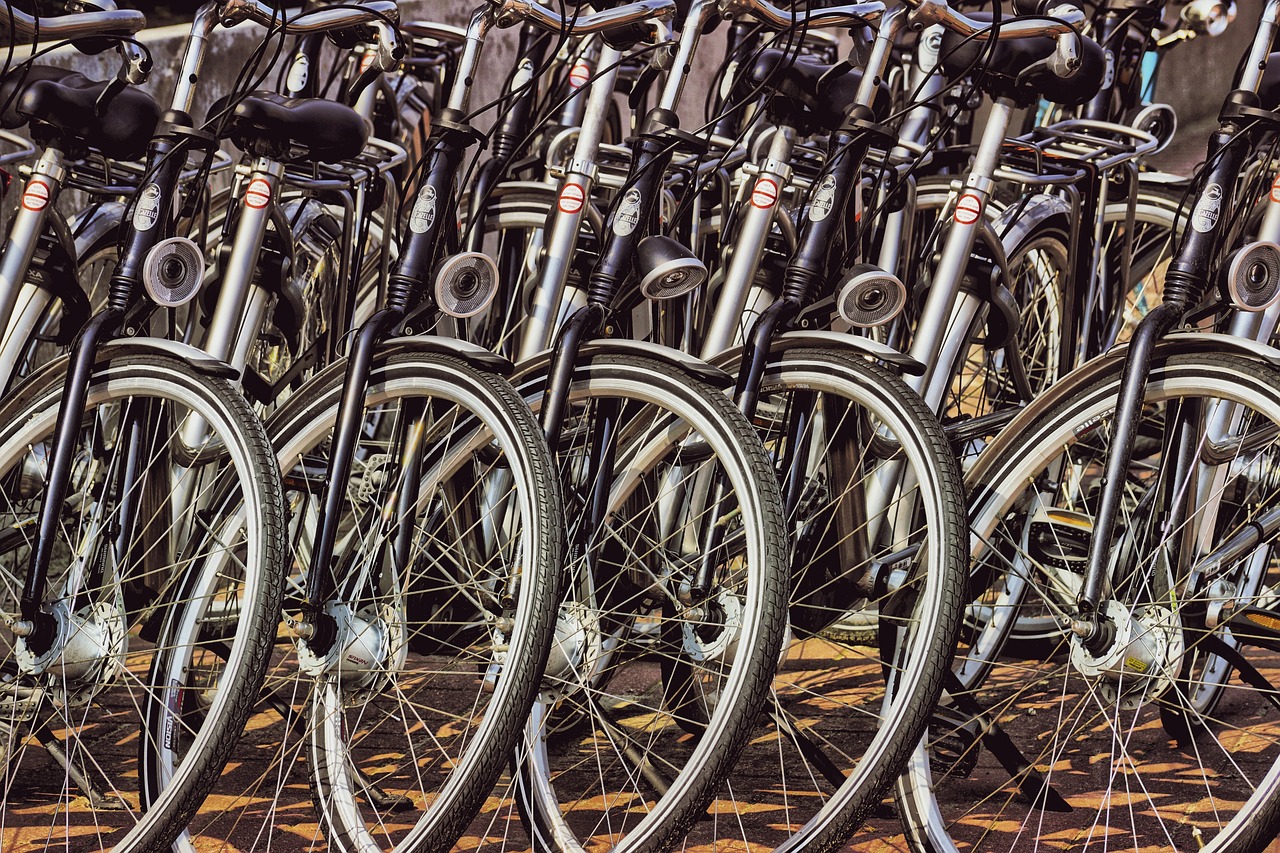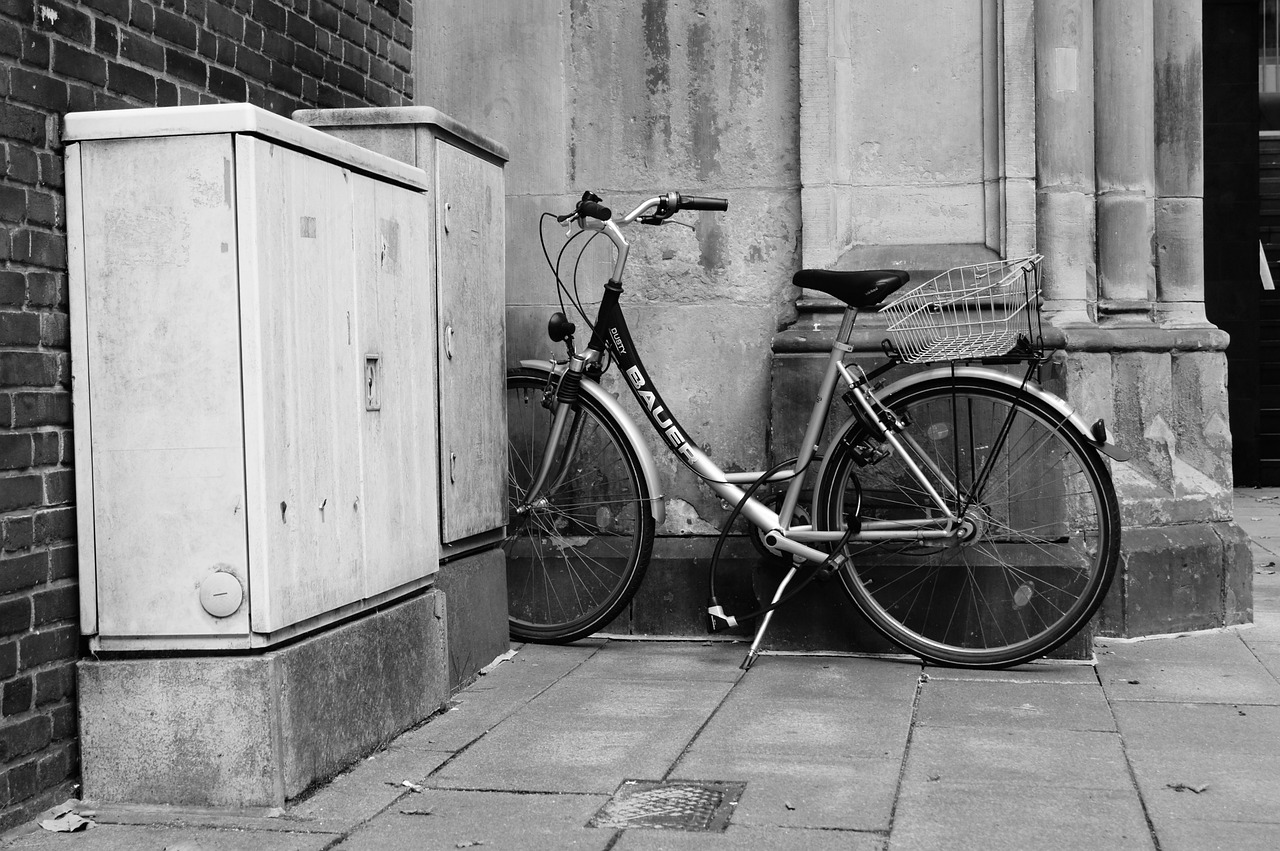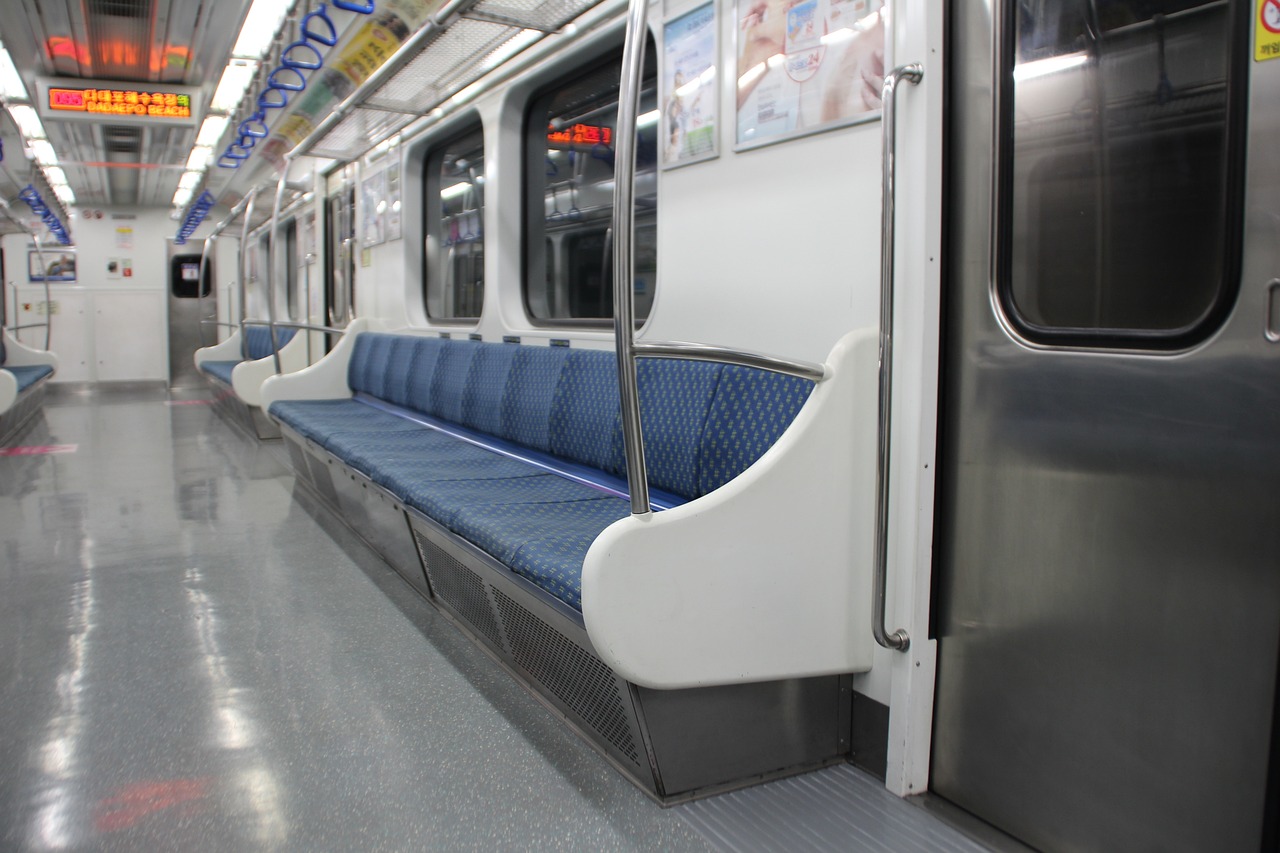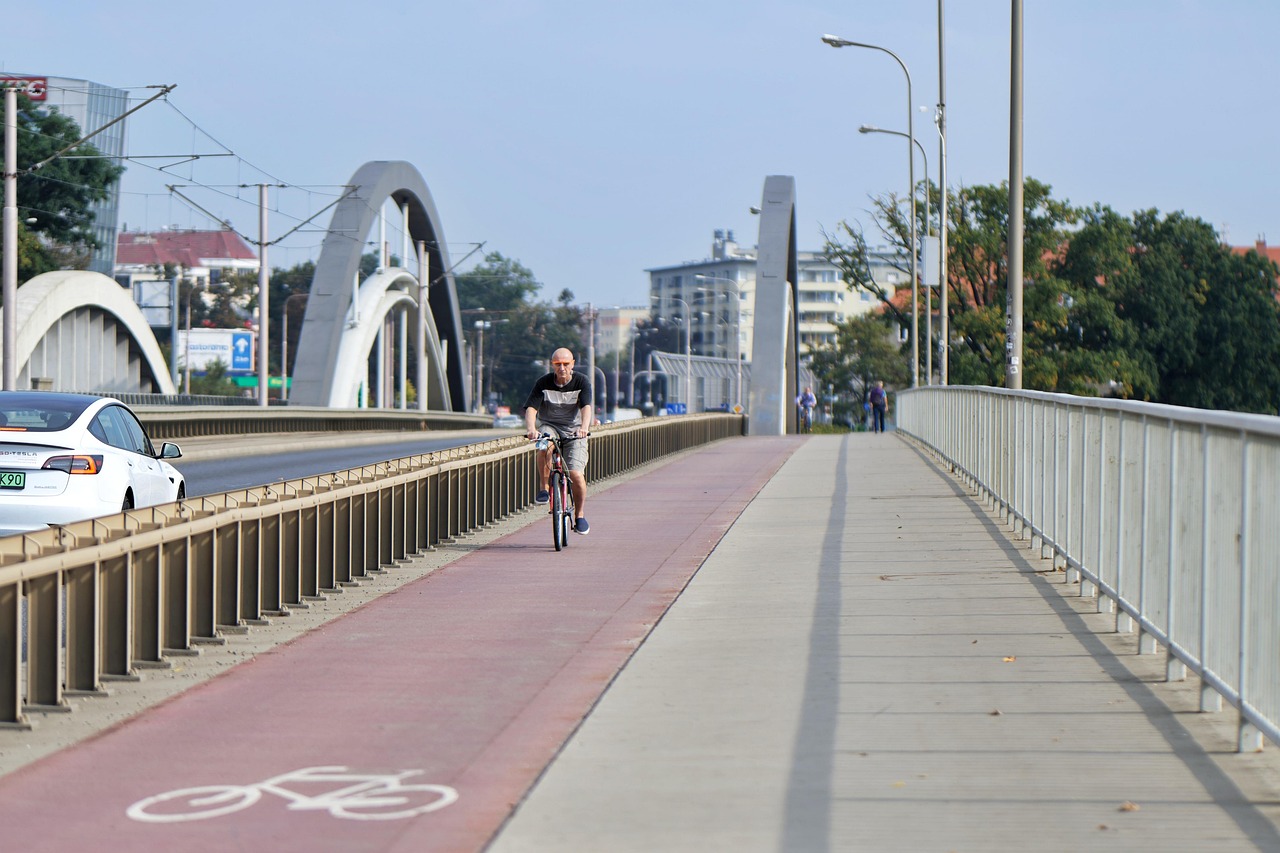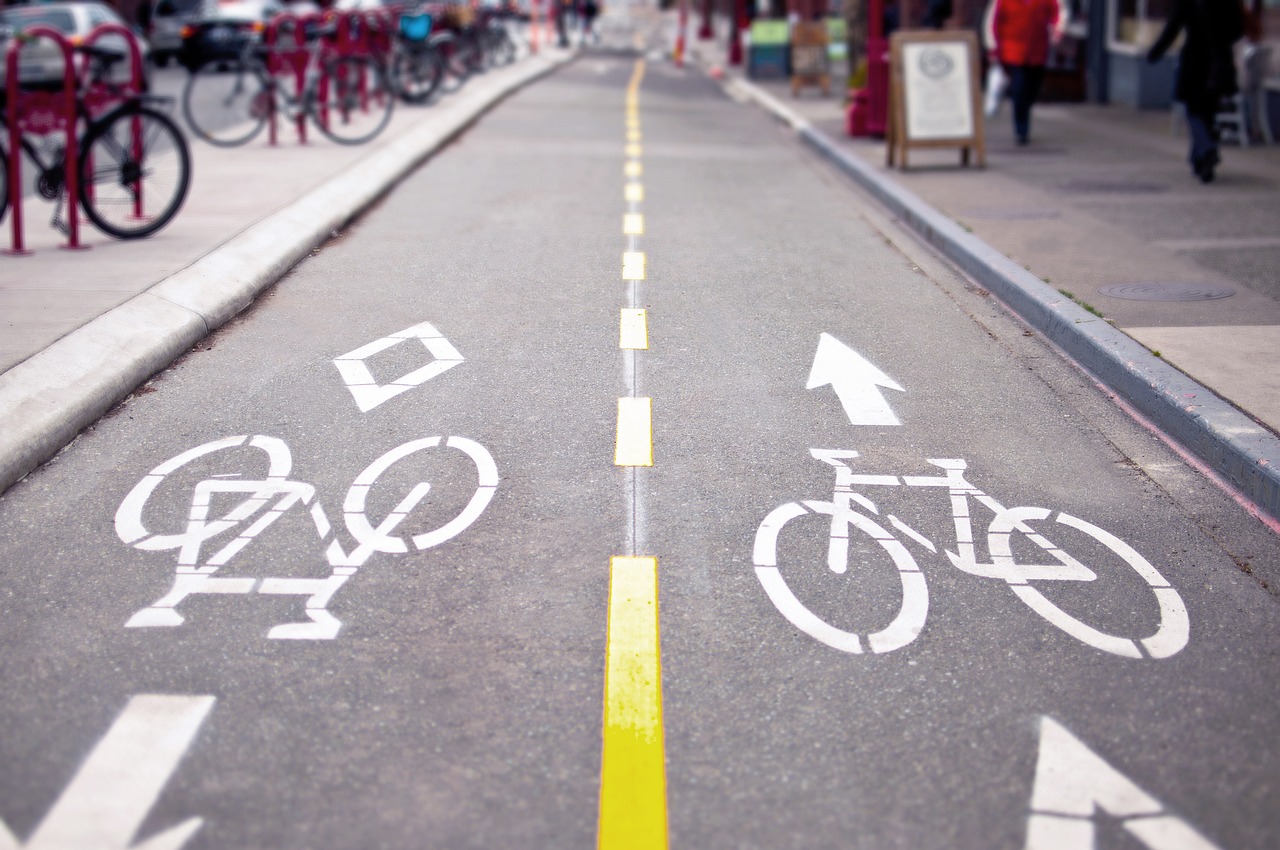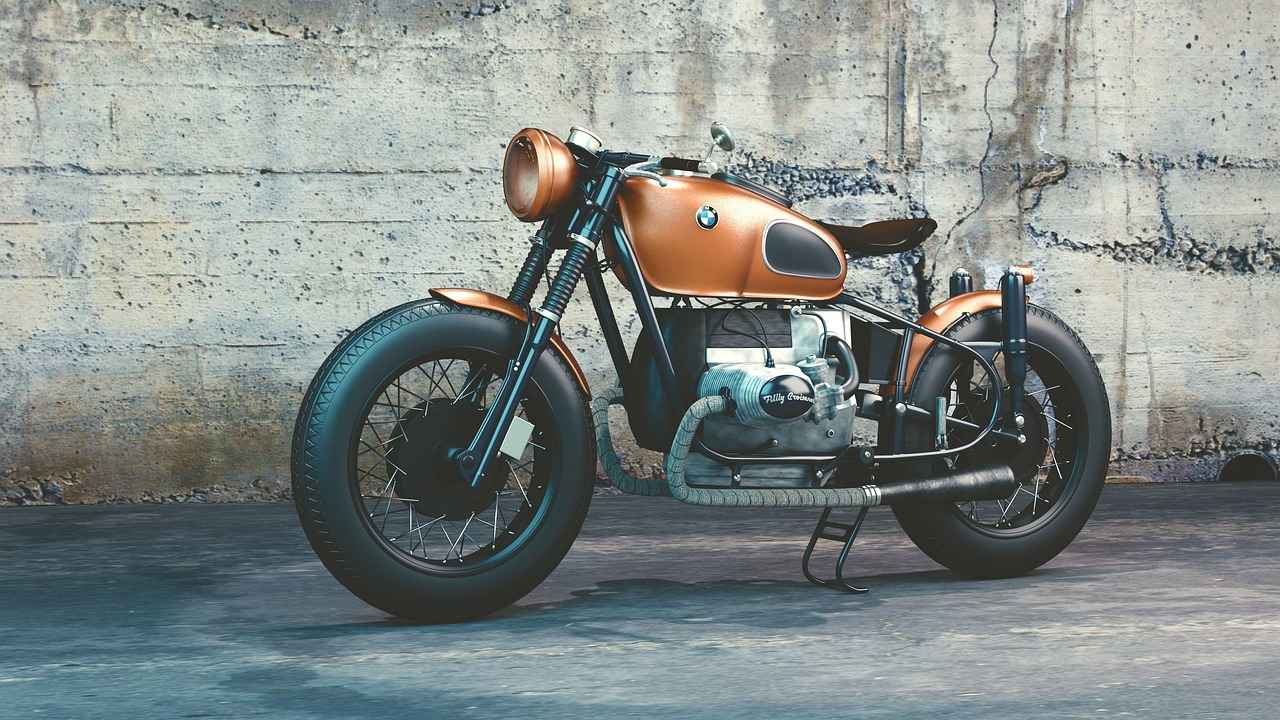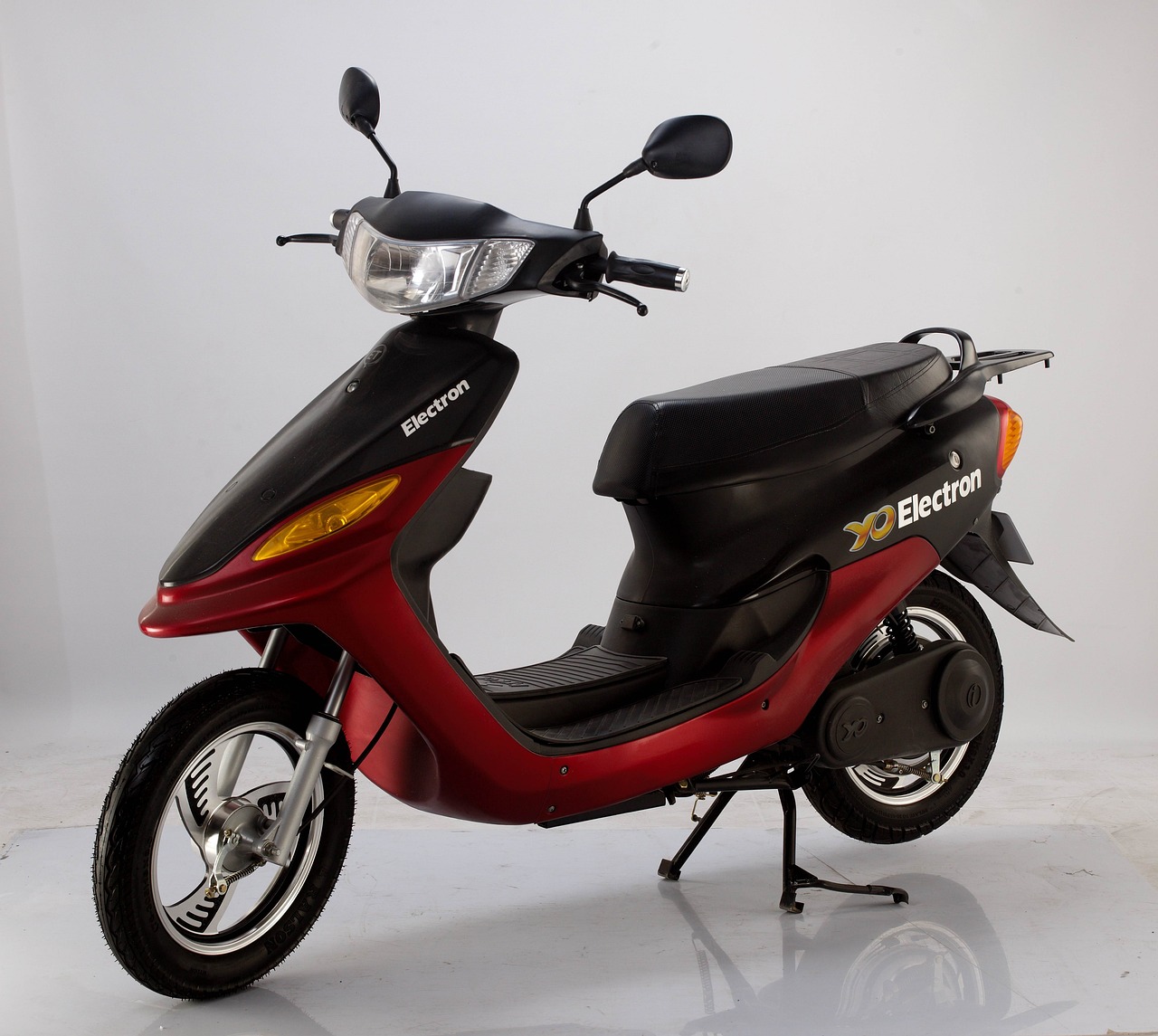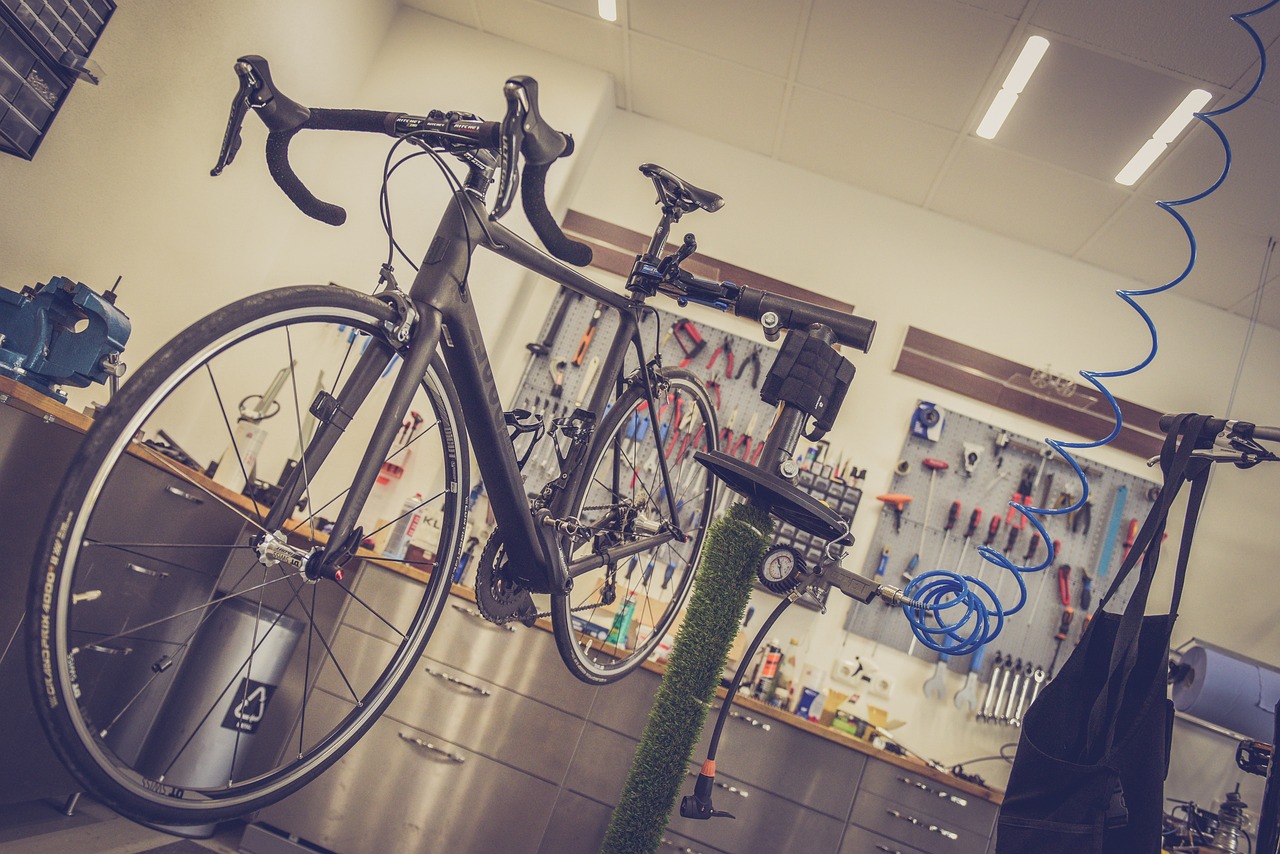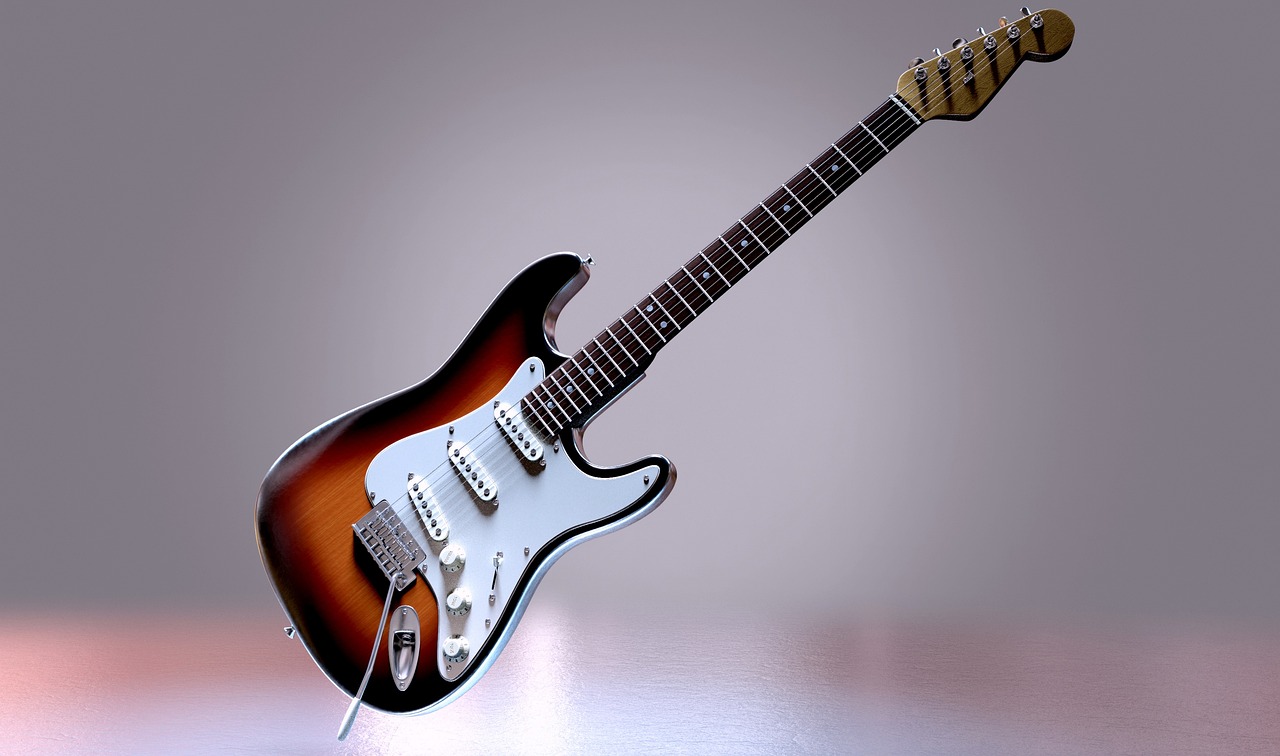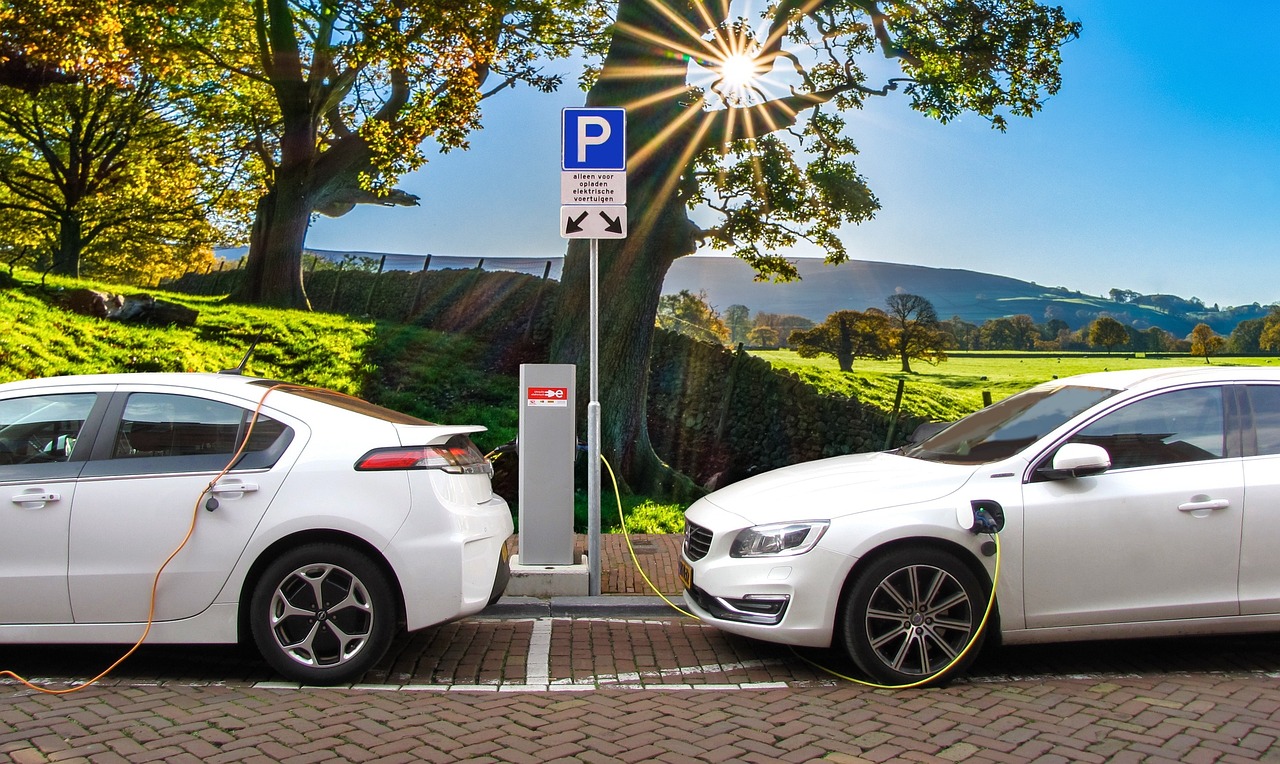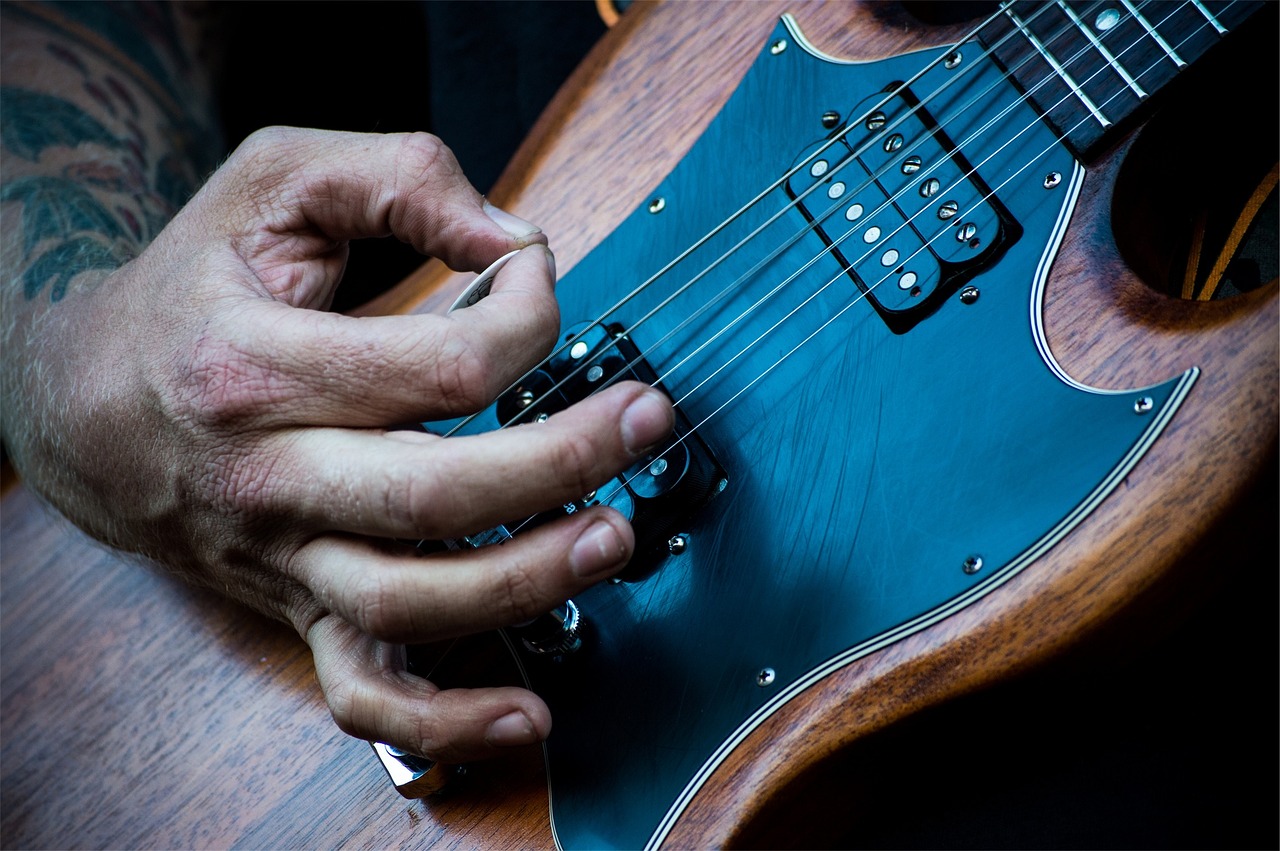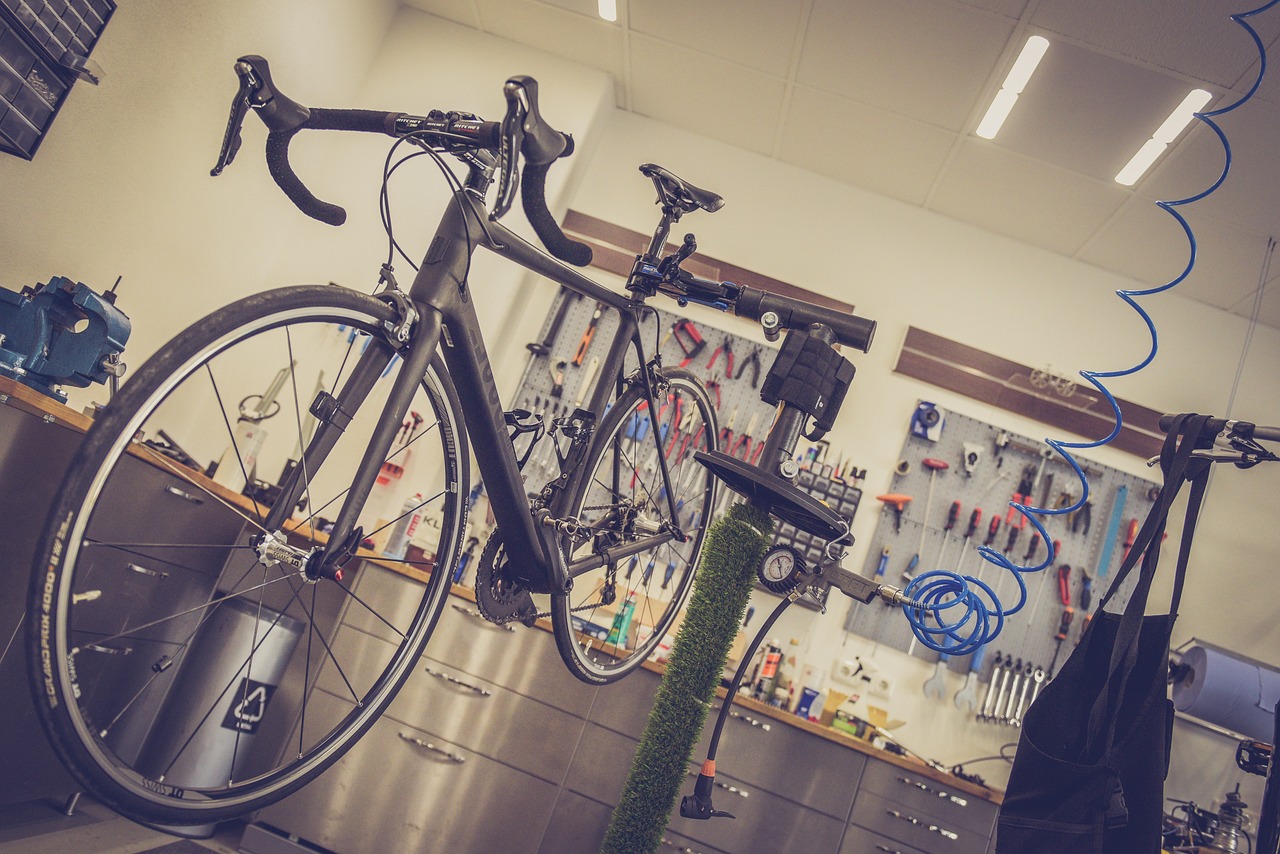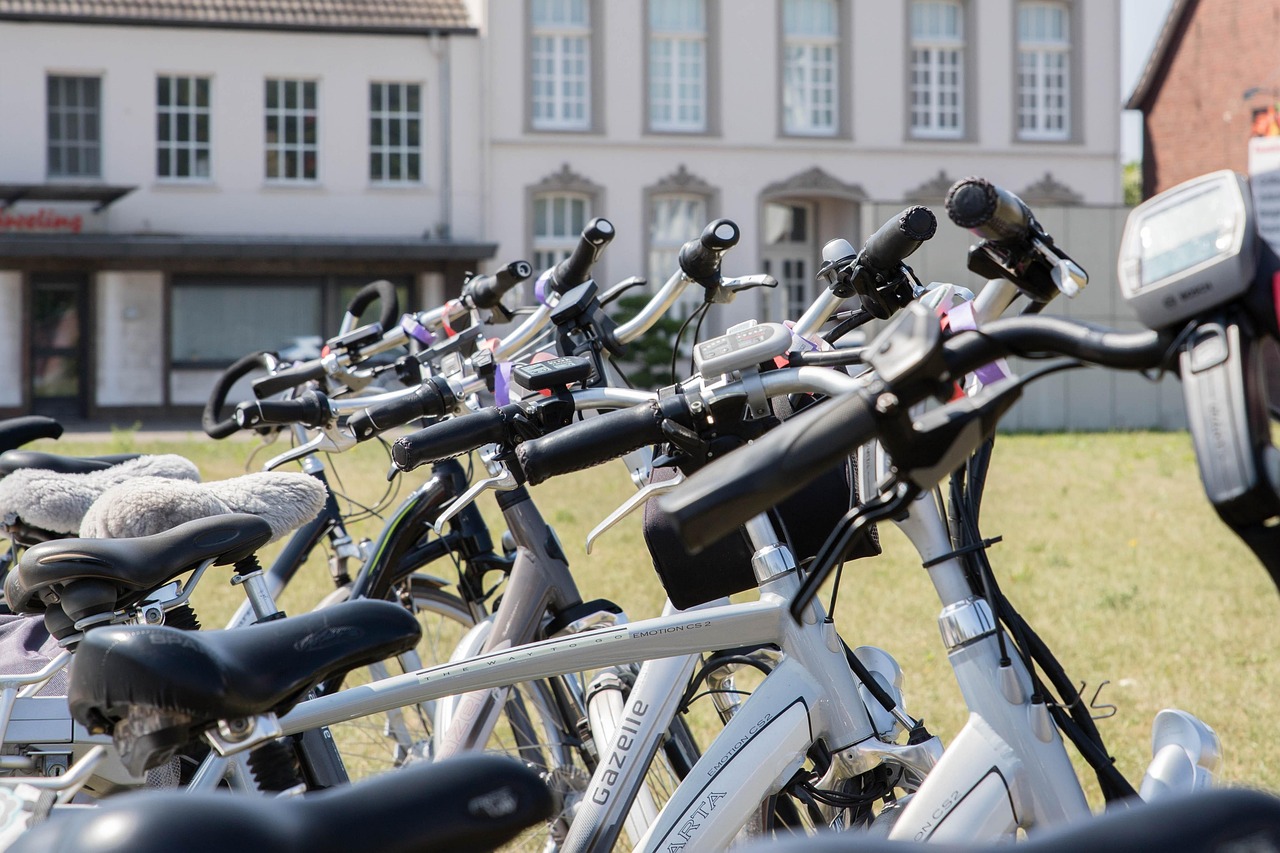This article provides a comprehensive guide on locating affordable electric dirt bikes, covering key factors to consider, popular models, and where to purchase them effectively.
Electric dirt bikes are revolutionizing the off-road experience, providing an eco-friendly alternative to traditional gas-powered motorcycles. As environmental concerns grow, many riders are seeking sustainable options without sacrificing performance.
- Cost Savings: Although the upfront cost may be higher, electric dirt bikes can save you money in the long run with lower fuel and maintenance costs.
- Quiet Operation: These bikes operate silently, allowing for a more enjoyable riding experience without disturbing nature or neighbors.
- Minimal Maintenance: With fewer moving parts, electric dirt bikes require less upkeep, meaning more time spent riding and less time in the shop.
When searching for an affordable electric dirt bike, consider the following key features:
| Feature | Importance |
|---|---|
| Battery Life | Determines how long you can ride before needing a recharge. |
| Motor Power | Affects acceleration and top speed, crucial for performance. |
| Weight | Impacts handling and ease of transport. |
Popular models to consider include:
- Razor MX650: Known for its durability, this model is perfect for beginners.
- Sur-Ron Light Bee: A favorite among experienced riders for its robust build and impressive power.
Where to buy your electric dirt bike is equally important. Online retailers often provide competitive prices and a wider selection, while local dealerships allow for hands-on testing and expert advice.
Negotiation can also lead to significant savings. Researching market prices helps you understand what constitutes a fair deal, and being prepared to walk away can encourage sellers to offer better prices.
In conclusion, finding an affordable electric dirt bike requires careful consideration of features, models, and purchasing strategies. With the right approach, you can enjoy thrilling rides at a reasonable price while contributing to a more sustainable future.

Understanding Electric Dirt Bikes
Electric dirt bikes are revolutionizing the off-road riding experience. These innovative motorcycles are powered by electric motors, providing a sustainable and eco-friendly alternative to traditional gas-powered models. As the world shifts towards greener technologies, electric dirt bikes are gaining traction among enthusiasts and casual riders alike.
One of the most significant advantages of electric dirt bikes is their environmental impact. Unlike their gasoline counterparts, electric bikes produce zero emissions, contributing to cleaner air and less noise pollution. This makes them an ideal choice for riders who wish to minimize their ecological footprint while enjoying the thrill of off-road biking.
Additionally, electric dirt bikes offer impressive performance features. With advancements in battery technology, many models now boast extended battery life and longer ranges. This means riders can tackle challenging terrains without the constant worry of running out of power. The torque provided by electric motors also allows for rapid acceleration, enhancing the overall riding experience.
Furthermore, the maintenance requirements for electric dirt bikes are significantly lower than those of gas bikes. With fewer moving parts, riders can enjoy more time on the trails and less time in the garage. This aspect is particularly appealing to new riders who may not be familiar with the intricacies of bike maintenance.
In summary, electric dirt bikes represent a sustainable and exciting option for off-road enthusiasts. Their growing popularity can be attributed to their eco-friendliness, performance capabilities, and reduced maintenance needs. As technology continues to evolve, these bikes are likely to become even more accessible and appealing to a wider audience.

Benefits of Electric Dirt Bikes
Electric dirt bikes are rapidly becoming a popular choice among off-road enthusiasts, and for good reason. These innovative machines offer a range of benefits that make them an appealing alternative to traditional gasoline-powered bikes. Below, we delve into the key advantages of electric dirt bikes.
- Lower Operating Costs: One of the most significant advantages of electric dirt bikes is their lower operating costs. Unlike gasoline models, electric bikes do not require fuel purchases, allowing riders to save money on fuel expenses over time.
- Reduced Noise Pollution: Electric dirt bikes operate quietly compared to their gas counterparts. This reduced noise pollution makes for a more enjoyable riding experience and is less disruptive to wildlife and other outdoor enthusiasts.
- Minimal Maintenance: With fewer moving parts than traditional dirt bikes, electric models require minimal maintenance. This means less time spent on repairs and more time enjoying the ride.
- Environmental Friendliness: Electric dirt bikes contribute to a reduction in carbon emissions, making them a more sustainable choice for riders who are environmentally conscious.
- Instant Torque: Electric motors provide instant torque, which enhances acceleration and performance on various terrains. This feature allows riders to experience a thrilling ride right from the start.
In summary, the benefits of electric dirt bikes extend beyond just cost savings. Their environmental impact, low maintenance needs, and superior performance make them an attractive option for both new and experienced riders. As more people seek sustainable and cost-effective alternatives, electric dirt bikes are poised to lead the way in the off-road biking community.
Cost-Effectiveness Over Time
When considering the purchase of an electric dirt bike, it’s essential to evaluate the long-term financial benefits that come with it. Although the initial investment may be higher compared to traditional gas-powered bikes, the savings accumulated over time can be substantial.
- Lower Fuel Costs: One of the most significant advantages of electric dirt bikes is the elimination of gasoline expenses. Riders can enjoy substantial savings on fuel, especially those who ride frequently. Charging an electric bike is generally much cheaper than filling up a gas tank, and with the increasing availability of charging stations, convenience is also improving.
- Reduced Maintenance Needs: Electric dirt bikes have fewer moving parts than their gasoline counterparts. This reduction in complexity leads to lower maintenance costs over time. For instance, there’s no need for oil changes, fuel filters, or exhaust system repairs, which are common in gas bikes. This means more time riding and less time in the shop.
- Longevity of Electric Components: Many electric dirt bikes are built with high-quality batteries and motors that can last for years with proper care. Investing in a bike with a strong warranty can provide additional peace of mind, ensuring that you won’t face unexpected costs.
In conclusion, while the upfront cost of electric dirt bikes may be daunting for some, the cost-effectiveness over time cannot be overlooked. With lower fuel expenses, reduced maintenance needs, and the potential for a longer lifespan, electric dirt bikes present a smart financial choice for both casual riders and serious enthusiasts alike.
Lower Fuel Costs
One of the most significant advantages of owning an electric dirt bike is the elimination of gasoline expenses. For riders who frequently hit the trails, this can lead to substantial savings over time. Traditional gas-powered bikes require regular refueling, which not only adds to the overall cost of ownership but also exposes riders to fluctuating fuel prices. In contrast, electric dirt bikes operate on rechargeable batteries, allowing riders to power their adventures at a fraction of the cost.
Electricity is generally much cheaper than gasoline, making it an economical choice for those who enjoy long rides or daily commuting. For example, the average cost to charge an electric bike can be as low as 10 cents per charge, depending on local electricity rates. This is a stark contrast to fueling a gas bike, which can cost several dollars per fill-up.
Additionally, the convenience of charging at home means that riders can easily top off their bike’s battery overnight, ensuring it is always ready for the next adventure without the hassle of visiting a gas station. This not only saves time but also allows for more spontaneous rides, as riders can simply plug in their bike whenever they return home.
Moreover, many electric dirt bike owners report that they can achieve a range of 30 to 80 miles on a single charge, depending on the model and riding conditions. This impressive range means that frequent riders can enjoy extended periods on the trails without worrying about running out of fuel.
In summary, the associated with electric dirt bikes make them an appealing option for riders looking to save money while still enjoying their passion for off-road adventures. The combination of reduced energy expenses and the convenience of home charging positions electric bikes as a smart investment for both new and seasoned riders.
Reduced Maintenance Needs
One of the standout advantages of electric dirt bikes is their significantly lower maintenance requirements compared to traditional gas-powered models. This reduction in maintenance needs translates to cost savings and more time dedicated to riding, which is a primary goal for many enthusiasts.
Electric dirt bikes operate with fewer moving parts than their gasoline counterparts. This simplicity means that there are fewer components that can wear out or require replacement. For instance, there is no need for oil changes, fuel filters, or exhaust systems that can often lead to costly repairs and maintenance schedules. Instead, riders can focus on keeping the battery charged and ensuring the tires are in good condition, which is a much simpler upkeep routine.
Moreover, the electric motor technology used in these bikes is generally more reliable and requires less frequent servicing. This reliability not only reduces the overall cost of ownership but also enhances the riding experience. Riders can spend less time in the shop and more time on the trails, which is ultimately what they desire.
In addition to the mechanical benefits, electric dirt bikes are also quieter than gas-powered bikes, reducing noise pollution and making them more suitable for use in areas where sound restrictions may apply. This aspect contributes to a more enjoyable riding experience, allowing riders to immerse themselves in nature without the disruptive noise of a traditional motorcycle.
In summary, the of electric dirt bikes not only lead to lower repair costs but also provide riders with the freedom to enjoy their sport without the constant worry of mechanical issues. This makes electric dirt bikes an excellent choice for both new and seasoned riders looking to maximize their time on the trails.
Environmental Impact
is a critical consideration in today’s world, especially as we confront the challenges posed by climate change. One of the most significant advantages of electric dirt bikes is their ability to contribute to a healthier planet. Unlike traditional gas-powered bikes, electric dirt bikes operate on clean energy, resulting in significantly lower carbon emissions.
As outdoor enthusiasts, riders can enjoy their passion while minimizing their ecological footprint. Electric dirt bikes produce no tailpipe emissions, which means they do not contribute to air pollution that can harm both the environment and public health. This aspect is particularly important in natural areas where wildlife and ecosystems can be adversely affected by gas emissions.
Furthermore, electric dirt bikes are generally quieter than their gas counterparts, reducing noise pollution in natural settings. This allows for a more enjoyable experience in nature, as wildlife is less disturbed, and fellow riders can enjoy the serene environment without the roar of engines.
Another key benefit is the potential for using renewable energy sources to charge electric bikes. By utilizing solar or wind energy, riders can further enhance the sustainability of their activities. This shift towards renewable energy not only supports the environment but also promotes the development of a clean energy economy.
In conclusion, the environmental impact of electric dirt bikes is overwhelmingly positive. They represent a step towards more sustainable outdoor recreation, allowing enthusiasts to embrace their love for adventure while taking care of the planet. As we continue to seek ways to reduce our impact on the earth, electric dirt bikes stand out as a promising solution for eco-conscious riders.

Key Features to Look For
When searching for an affordable electric dirt bike, it is crucial to evaluate several key features that can greatly influence both performance and usability. Understanding these features will help you make an informed decision and ensure that you get the best value for your investment.
- Battery Life: The battery life of an electric dirt bike is one of the most critical factors to consider. A longer battery life means you can enjoy extended rides without frequent recharging. Look for models that offer at least 2-4 hours of riding time on a single charge.
- Motor Power: The motor power directly affects the bike’s performance, including its acceleration and top speed. A bike with a powerful motor can handle steep terrains and rough trails more efficiently. Aim for a motor with at least 500 watts for optimal performance.
- Weight: The weight of the bike is another significant factor. A lighter bike is generally easier to maneuver, especially for beginners. However, ensure that the bike’s weight does not compromise its durability and stability.
- Frame Material: The frame material can impact the bike’s overall strength and longevity. Look for bikes made from high-quality materials such as aluminum or carbon fiber, which provide a good balance of weight and durability.
- Suspension System: A reliable suspension system is essential for a smooth ride, especially on uneven terrains. Ensure the bike has adjustable suspension settings to suit your riding style and preferences.
- Braking System: The braking system is critical for safety. Opt for bikes equipped with hydraulic disc brakes for better stopping power and responsiveness, especially in challenging conditions.
In conclusion, by paying attention to these key features when searching for an affordable electric dirt bike, you can ensure that you choose a model that meets your riding needs without breaking the bank. Always consider your riding style and preferences to find the perfect match.
Battery Life and Range
are critical aspects that every potential buyer of an electric dirt bike should consider. The battery life determines how long you can enjoy your ride before needing to recharge, which can greatly influence your overall experience and satisfaction with the bike.
When evaluating electric dirt bikes, it is essential to understand that the range refers to the distance you can travel on a single charge. This can vary significantly between models and is influenced by several factors, including:
- Battery Capacity: Measured in amp-hours (Ah), a higher capacity typically means a longer ride time.
- Terrain: Off-road conditions can drain the battery faster than smooth, flat surfaces.
- Rider Weight: Heavier riders may experience reduced range due to increased energy consumption.
- Speed: Riding at higher speeds can also lead to quicker battery depletion.
For instance, many entry-level electric dirt bikes offer a range of 15 to 30 miles on a full charge, which may suffice for casual riders. However, more advanced models can provide a range of up to 60 miles, catering to those who seek longer rides or more challenging trails.
It’s also important to consider the charging time. Most electric dirt bike batteries take anywhere from 4 to 8 hours to fully recharge. Some models even come with fast-charging options that can significantly reduce this time, allowing you to get back on the trails sooner.
In conclusion, understanding the battery life and range of electric dirt bikes is crucial for making an informed purchasing decision. By considering these factors, you can ensure that your chosen bike meets your riding needs and provides an enjoyable experience.
Motor Power and Performance
The motor power of an electric dirt bike is a critical factor that significantly influences both acceleration and top speed. Understanding these specifications is essential for choosing a bike that aligns with your riding style and preferences. A more powerful motor typically results in quicker acceleration, allowing riders to reach their desired speed more rapidly, which is particularly beneficial in off-road conditions where quick bursts of speed may be necessary.
When evaluating motor power, it’s important to consider the wattage of the motor. Higher wattage generally translates to better performance, especially on steep inclines or rugged terrain. For instance, a bike with a motor rated at 3000 watts will outperform a 1000-watt bike in terms of speed and hill-climbing ability. As a result, riders who enjoy challenging trails or who plan to ride in varied environments should prioritize bikes with higher motor power.
Additionally, the torque produced by the motor plays a vital role in performance. Torque affects how quickly a bike can accelerate from a stop and how well it can handle obstacles. Bikes with higher torque ratings provide a more exhilarating riding experience, allowing for smoother transitions and better handling when navigating through rough terrains.
To make an informed decision, potential buyers should also consider the bike’s weight relative to its motor power. A lighter bike with a powerful motor can offer superior performance compared to a heavier model with the same motor specifications. This balance between weight and power is crucial for achieving optimal performance and maneuverability.
In conclusion, understanding the impact of motor power on acceleration and top speed is vital for selecting the right electric dirt bike. By considering factors such as wattage, torque, and weight, riders can find a model that not only meets their performance needs but also enhances their overall riding experience.

Popular Affordable Electric Dirt Bike Models
When exploring the world of electric dirt bikes, it’s essential to find models that strike a balance between affordability and quality. Several brands have emerged as leaders in the market, offering budget-friendly options that cater to both beginners and seasoned riders. Below, we delve into some of the most popular models that deliver exceptional performance without breaking the bank.
- Razor MX650
The Razor MX650 is a well-known entry-level electric dirt bike that combines durability with excellent performance. With a top speed of around 17 mph and a range of up to 10 miles on a single charge, this model is perfect for younger riders and those new to the sport. Its lightweight design and adjustable handlebars make it easy to handle, ensuring a fun riding experience.
- Sur-Ron Light Bee
The Sur-Ron Light Bee stands out for its robust build quality and impressive power. With a powerful motor that can reach speeds of up to 45 mph, this bike is favored by more experienced riders looking for an affordable yet high-performance option. Its off-road capabilities are complemented by a long-lasting battery, providing a thrilling ride on various terrains.
- Segway X160
The Segway X160 is another excellent choice, featuring a sleek design and advanced technology. With a maximum speed of 31 mph and a range of approximately 40 miles, this bike is ideal for those who want to explore trails without worrying about battery life. Its dual suspension system enhances comfort, making it suitable for longer rides.
- Oset 24.0 Racing
The Oset 24.0 Racing model is designed specifically for competitive young riders. With adjustable power settings and a lightweight frame, it allows for a customizable riding experience. This bike is perfect for those looking to develop their skills in trials riding while enjoying the benefits of electric power.
In conclusion, these affordable electric dirt bike models offer a variety of features and performance levels, catering to different rider needs. Whether you are a beginner or an experienced rider, investing in one of these bikes can provide an exciting and sustainable riding experience.
Razor MX650
The is a standout model in the realm of electric dirt bikes, particularly favored by younger riders and beginners. Its reputation for durability and performance makes it an excellent choice for those just starting their off-road adventures.
This electric dirt bike features a powerful 650-watt motor, allowing for impressive acceleration and a top speed of up to 17 mph. The MX650 is designed with a robust steel frame that can withstand the rigors of off-road riding, ensuring a long lifespan even under challenging conditions.
One of the key attributes of the Razor MX650 is its user-friendly design. The bike is equipped with a dual suspension system that enhances comfort and stability, making it easier for novice riders to navigate rough terrains. Additionally, the adjustable handlebars cater to various rider heights, promoting a personalized riding experience.
Battery life is another crucial aspect, as the MX650 is powered by a rechargeable 24V lead-acid battery. This allows for up to 40 minutes of continuous ride time, which is ample for short to medium off-road excursions. The bike also features a quick recharge time, making it convenient for users who want to get back to riding quickly.
Safety features are paramount when it comes to electric dirt bikes, and the Razor MX650 does not disappoint. It includes a hand-operated rear brake for precise stopping power and a chain-driven motor that minimizes the risk of accidents associated with belt-driven systems.
In conclusion, the Razor MX650 is not just an entry-level electric dirt bike; it is a well-rounded, affordable option that combines performance, durability, and user-friendliness. Whether you’re looking to introduce a young rider to the exhilarating world of dirt biking or seeking a reliable bike for casual rides, the MX650 is a commendable choice.
Sur-Ron Light Bee
The has gained a reputation in the electric dirt bike community for its impressive combination of robust build quality and powerful performance. This model stands out as an excellent choice for those who have some experience in off-road riding and are looking for a more affordable yet high-performing option.
One of the key features that riders appreciate about the Sur-Ron Light Bee is its durability. Built with high-quality materials, this bike can withstand the rigors of off-road adventures, making it a reliable companion for trails and rugged terrains. The frame is designed to absorb shocks effectively, which enhances rider comfort and control.
In terms of power, the Sur-Ron Light Bee is equipped with a robust electric motor that delivers impressive torque and acceleration. This allows riders to tackle steep hills and rough paths with ease, providing an exhilarating riding experience. The bike’s top speed and acceleration capabilities make it suitable for both casual rides and more challenging terrains.
Another aspect that makes the Sur-Ron Light Bee appealing is its affordability. Compared to traditional gas-powered dirt bikes, the Light Bee offers a more cost-effective solution without compromising on performance. Riders can enjoy lower operating costs due to the absence of fuel expenses and reduced maintenance needs associated with electric motors.
For those considering a purchase, it’s essential to evaluate the battery life and range of the Sur-Ron Light Bee. With a well-designed battery system, riders can expect a decent range that allows for longer rides without frequent recharging. This feature is particularly beneficial for those who enjoy extended off-road excursions.
In conclusion, the is a standout choice for experienced riders seeking an affordable electric dirt bike that doesn’t skimp on quality or performance. Its robust build, impressive power, and cost-effectiveness make it a compelling option in the growing market of electric off-road motorcycles.
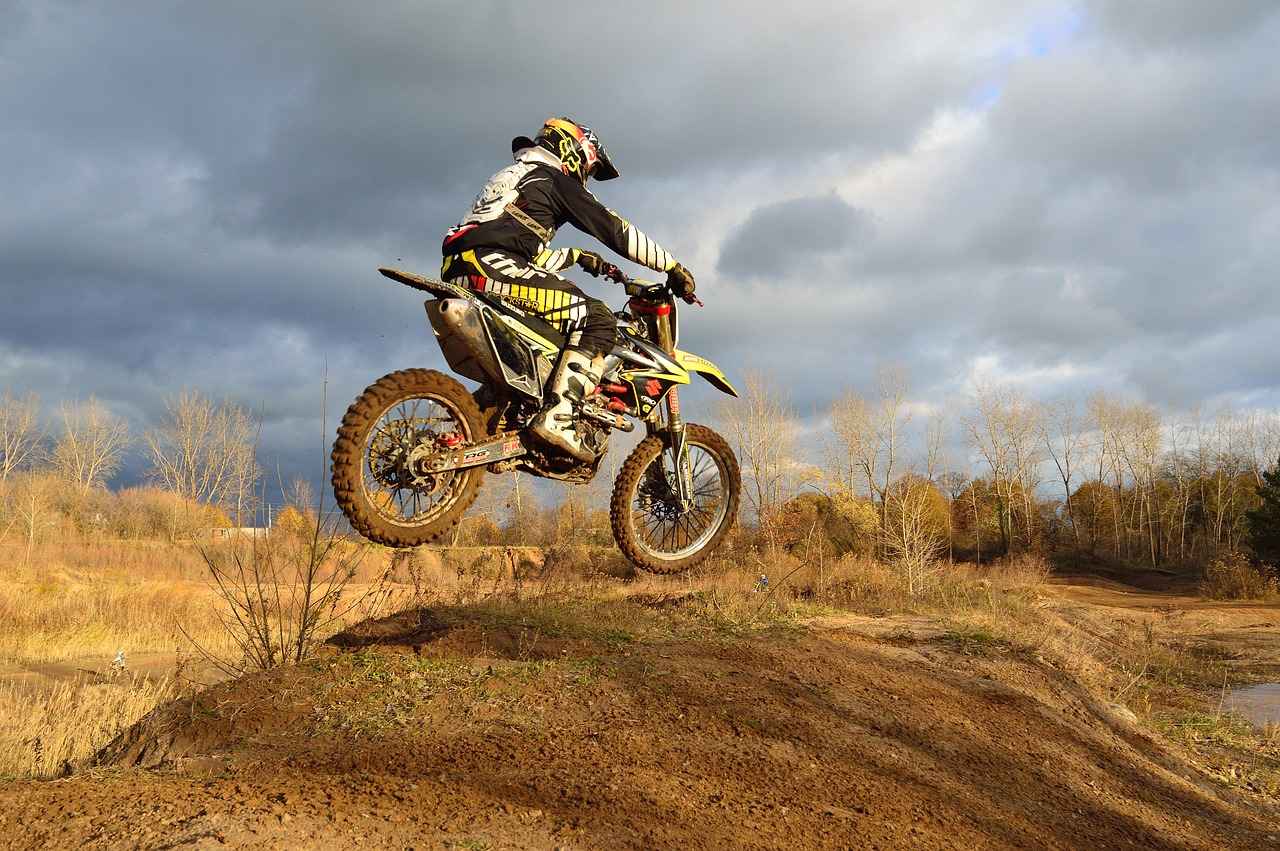
Where to Buy Affordable Electric Dirt Bikes
Finding the right place to purchase your electric dirt bike can save you money and ensure you get the best deal available in the market. With the growing popularity of electric dirt bikes, numerous options are available for potential buyers. Below are some effective strategies and locations to consider when looking for affordable electric dirt bikes.
- Online Retailers
Shopping online is one of the best ways to find a variety of models at competitive prices. Websites like Amazon, eBay, and specialized electric bike retailers often have exclusive discounts and promotions. Additionally, you can easily compare prices and read customer reviews to make an informed decision.
- Local Dealerships
Visiting local dealerships can provide a hands-on experience. You can test ride different models and get expert advice from knowledgeable staff. This personal interaction can often lead to better deals and financing options.
- Second-Hand Market
Don’t overlook the second-hand market. Websites like Craigslist or Facebook Marketplace can offer great bargains on used electric dirt bikes. Just ensure you inspect the bike thoroughly or request a test ride before finalizing your purchase.
- Seasonal Sales and Promotions
Keep an eye out for seasonal sales events, such as Black Friday or end-of-season clearances. Many retailers offer substantial discounts during these times, making it an ideal opportunity to buy an electric dirt bike at a lower price.
In conclusion, whether you choose to shop online, visit local dealerships, or explore second-hand options, being informed and strategic can lead you to the best deals on electric dirt bikes. Always conduct thorough research and consider your options to ensure you make a wise investment.
Online Retailers
have revolutionized the way consumers shop for electric dirt bikes, providing numerous advantages that traditional brick-and-mortar stores cannot match. One of the most significant benefits of shopping online is the ability to access a wider range of models. With just a few clicks, you can explore various brands, styles, and specifications that may not be available locally.
Additionally, online platforms often feature competitive pricing. Many retailers regularly offer discounts and promotions that can significantly reduce the overall cost of electric dirt bikes. This price advantage is particularly beneficial for budget-conscious buyers looking for the best deals.
Moreover, online shopping allows you to easily compare prices across multiple retailers. This comparison can help you identify the best offers and ensure that you are getting the most value for your money. Websites often aggregate deals, making it convenient to find the right bike at the right price.
Another advantage of purchasing electric dirt bikes online is the availability of customer reviews. These reviews provide insights into the performance and reliability of different models, helping you make informed decisions based on the experiences of other riders. You can gauge the pros and cons of each bike before committing to a purchase.
However, it is essential to consider a few factors when shopping online. Always check the return policy and warranty information to ensure that you are protected in case the bike does not meet your expectations. Additionally, look for reputable retailers with good customer service to assist you if any issues arise.
In conclusion, shopping online for electric dirt bikes not only offers a broader selection and better pricing but also provides valuable information through customer feedback. By taking advantage of these benefits, you can find the perfect electric dirt bike that fits your needs and budget.
Local Dealerships
play a crucial role in the process of purchasing an electric dirt bike. When you visit a dealership, you gain the opportunity to test ride various models, allowing you to experience firsthand the performance and comfort of each bike. This hands-on experience is invaluable, especially for first-time buyers who may not be familiar with the nuances of electric dirt bikes.
Moreover, local dealerships often have knowledgeable staff who can provide expert advice tailored to your specific needs and preferences. They can help you understand the differences between models, explain the features that matter most, and even offer insights into the latest technology in electric dirt bikes. This personalized assistance can be a significant advantage, ensuring that you make an informed decision before finalizing your purchase.
Additionally, visiting a dealership allows you to ask questions directly and receive immediate feedback. You can inquire about financing options, warranties, and maintenance services, which are essential factors to consider when investing in an electric dirt bike. Many dealerships also offer promotional deals and discounts that may not be available online, providing further opportunities for savings.
Another benefit of local dealerships is the potential for community engagement. Many dealerships host events, rides, and workshops that can help you connect with other biking enthusiasts. This sense of community can enhance your overall experience as a rider and provide you with valuable networking opportunities.
In conclusion, while online shopping has its perks, visiting local dealerships offers a unique advantage that can significantly impact your buying decision. The ability to test ride different models, receive expert guidance, and engage with the biking community makes local dealerships an essential stop in your search for the perfect electric dirt bike.

Tips for Negotiating Prices
When it comes to purchasing an electric dirt bike, negotiation can be a powerful tool that leads to substantial savings. Understanding the market and effectively discussing prices can significantly benefit buyers. Here are some essential tips to help you navigate the negotiation process:
- Research Market Prices: Before entering negotiations, it’s crucial to have a solid grasp of the average market prices for the models you’re interested in. Utilize online resources, forums, and dealer websites to gather information. This knowledge will empower you to identify what constitutes a fair deal.
- Know the Product: Familiarize yourself with the specific features, specifications, and any unique selling points of the electric dirt bike you wish to buy. This knowledge can give you leverage during negotiations, allowing you to argue for a better price based on the bike’s value.
- Be Prepared to Walk Away: One of the most effective negotiation strategies is demonstrating your willingness to walk away from a deal. If the seller senses that you are not desperate to make a purchase, they may be more inclined to offer a better price to close the sale.
- Build Rapport: Establishing a good relationship with the seller can create a more favorable negotiating environment. Engage in friendly conversation, show genuine interest in the bike, and express your enthusiasm for electric dirt biking.
- Ask About Promotions: Inquire about any ongoing promotions or discounts that might not be widely advertised. Dealers often have seasonal sales or manufacturer promotions that can significantly reduce the price.
- Be Patient: Negotiation can take time, and being patient is key. Don’t rush the process; allow the seller to present their offers and be prepared to counter with your researched price.
By employing these strategies, you can enhance your chances of securing a great deal on your next electric dirt bike purchase. Remember, the goal is to arrive at a price that feels fair for both you and the seller, ensuring a positive buying experience.
Research Market Prices
is a crucial step when considering the purchase of an electric dirt bike. Understanding the average prices of the models you’re interested in not only empowers you as a buyer but also ensures you are making a well-informed decision. Here’s how to effectively research market prices and prepare for negotiations.
Before diving into the negotiation process, it is essential to gather data on the average prices for the specific models you are considering. This can be achieved through various methods:
- Online Research: Utilize websites that specialize in electric dirt bikes. Look for reviews, price comparisons, and user feedback to get a sense of what others are paying.
- Marketplaces: Check platforms like eBay, Craigslist, and specialized motorcycle forums. These platforms often have listings that can give you a clear idea of the going rates.
- Dealerships: Visit local dealerships or their websites to find the MSRP (Manufacturer’s Suggested Retail Price) for the models you are interested in.
Once you have gathered sufficient data, create a comparison table to visualize the information. This can help you identify trends and average prices more easily:
| Model | Average Price | Notes |
|---|---|---|
| Razor MX650 | $500 | Great for beginners, durable. |
| Sur-Ron Light Bee | $4,000 | Powerful, suitable for experienced riders. |
Having a solid understanding of these prices will not only help you recognize a fair deal but also provide you with confidence during negotiations. Remember, being informed is your greatest asset. If the seller’s price exceeds your research findings, don’t hesitate to discuss this discrepancy. This approach can lead to better offers and potential savings.
In conclusion, researching market prices is an indispensable part of the buying process for electric dirt bikes. By equipping yourself with knowledge, you can negotiate effectively, ensuring you get the best possible deal.
Be Prepared to Walk Away
In the world of negotiations, one of the most powerful tactics you can employ is the ability to walk away from a deal. This strategy is not just about leaving the table; it is about asserting your value and demonstrating to the seller that you are not desperate to make a purchase. When you show that you are willing to walk away, it often triggers a psychological response in sellers, encouraging them to reconsider their pricing and possibly offer you a better deal.
Many buyers approach negotiations with a mindset focused solely on closing the deal, which can lead to unfavorable terms. However, by adopting a more detached perspective, you can create leverage in your favor. Sellers are often motivated by the desire to complete a sale, and when they sense that a buyer is ready to exit the negotiation, they may be more inclined to make concessions.
- Establish Your Limits: Before entering negotiations, determine your budget and the maximum price you are willing to pay. This clarity helps you feel more confident about walking away if your terms are not met.
- Use Silence Effectively: After making your offer, remain silent. This silence can create discomfort for the seller, prompting them to fill the gap with a counteroffer.
- Be Patient: Don’t rush the process. Take your time to evaluate offers and consider your options. Patience can often lead to better deals.
In conclusion, being prepared to walk away is a crucial negotiation tactic that can lead to significant savings. It empowers you to maintain control over the negotiation process and ensures that you are making a purchase that aligns with your financial goals. Remember, the best deals often come when both parties feel satisfied; thus, don’t hesitate to leverage your willingness to walk away to secure a better price.
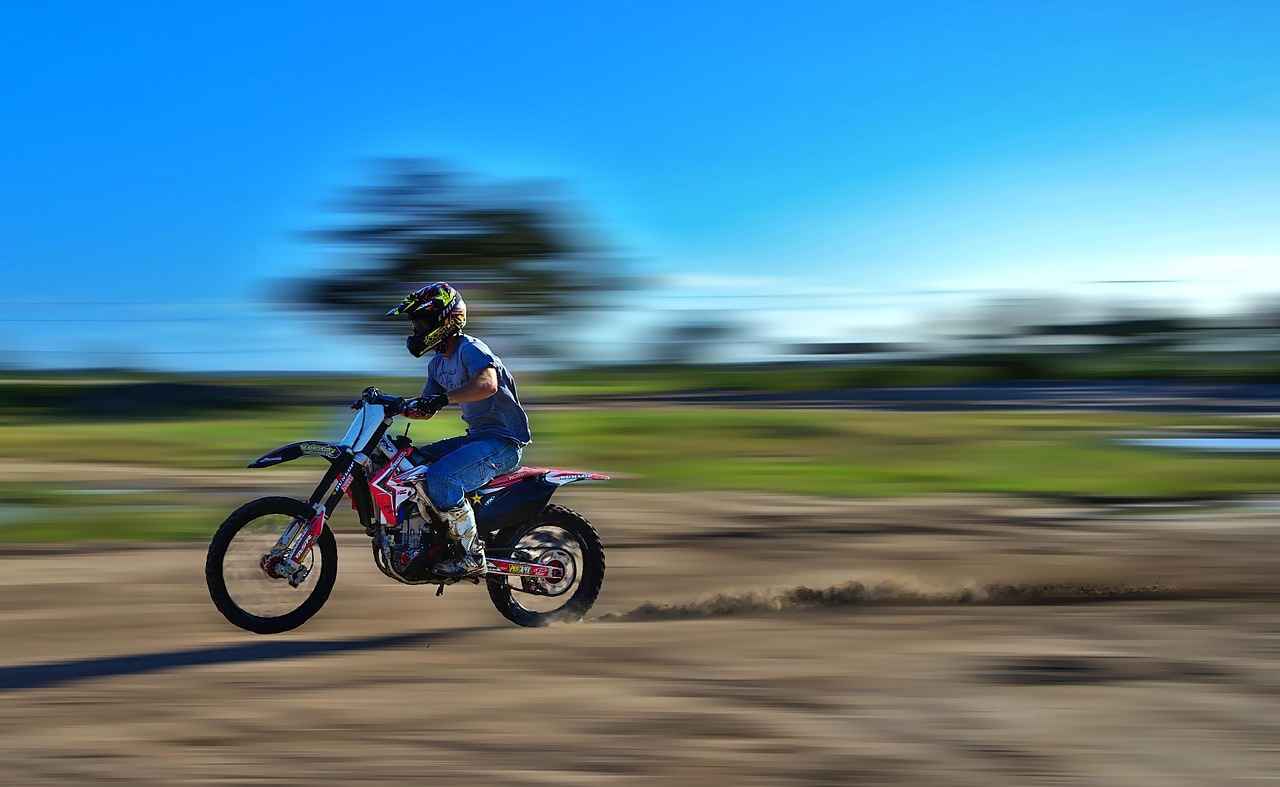
Conclusion
In summary, finding an affordable electric dirt bike is a process that requires careful consideration and a strategic approach. Understanding the market landscape is crucial, as it allows you to identify which models offer the best value for your budget. Electric dirt bikes, with their eco-friendly design and lower operational costs, are becoming increasingly popular among riders of all skill levels.
When searching for the right bike, prioritize key features such as battery life, motor power, and overall weight. These factors directly influence your riding experience and can help you make an informed decision. For instance, a bike with a longer battery life will allow for extended rides without the need for frequent recharging, while a powerful motor can provide better acceleration and speed.
Moreover, exploring various purchasing avenues can lead to significant savings. Online retailers often offer competitive prices and discounts, while local dealerships provide the advantage of test rides and personalized advice. Don’t hesitate to negotiate prices; being informed about market values can empower you to secure a better deal.
Ultimately, with the right knowledge and approach, you can enjoy the thrill of electric dirt biking without breaking the bank. Remember that the journey to finding the perfect bike may take time, but the rewards of an exhilarating ride are well worth the effort.
| Key Considerations | Importance |
|---|---|
| Battery Life | Ensures longer rides without frequent recharges |
| Motor Power | Affects acceleration and top speed |
| Weight | Impacts handling and maneuverability |
- Research models thoroughly
- Compare prices across different platforms
- Consider both new and used options
- Evaluate warranties and customer support
By keeping these insights in mind, you can confidently navigate the electric dirt bike market and find a model that fits your needs and budget.
Frequently Asked Questions
- What is an electric dirt bike?
An electric dirt bike is an off-road motorcycle powered by an electric motor instead of gasoline. They are designed for off-road riding and provide a more eco-friendly alternative to traditional dirt bikes.
- How much do electric dirt bikes cost?
The price of electric dirt bikes can vary widely, typically ranging from around $400 for entry-level models to over $5,000 for high-performance options. It’s essential to consider your budget and the features you need.
- Are electric dirt bikes suitable for beginners?
Absolutely! Many electric dirt bikes, like the Razor MX650, are designed specifically for beginners. They offer user-friendly features and manageable power, making them an excellent choice for new riders.
- How long does the battery last on an electric dirt bike?
The battery life can vary depending on the model and riding conditions, but most electric dirt bikes provide a range of 20 to 60 miles on a single charge. Always check the specifications for the specific model you’re interested in.
- Can I ride electric dirt bikes on public trails?
It depends on local regulations. Some areas allow electric dirt bikes on public trails, while others may have restrictions. Always check the rules in your area before heading out for a ride.















